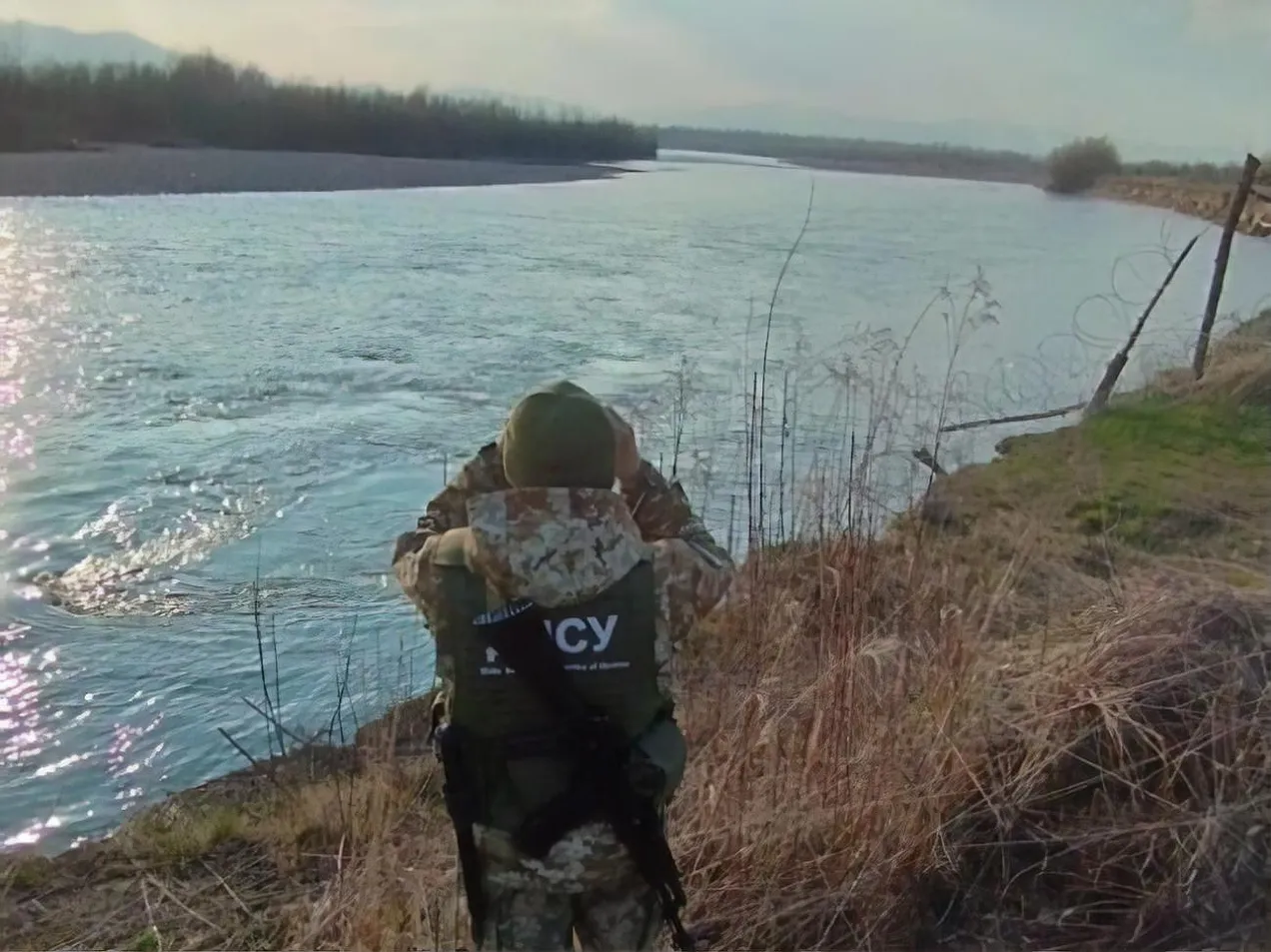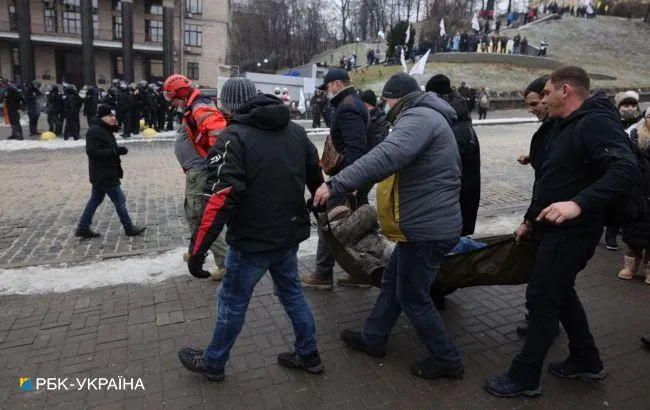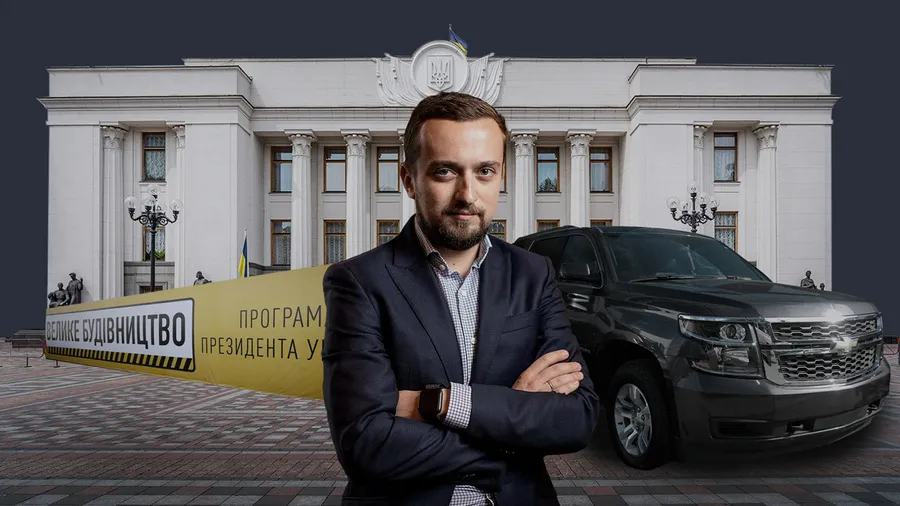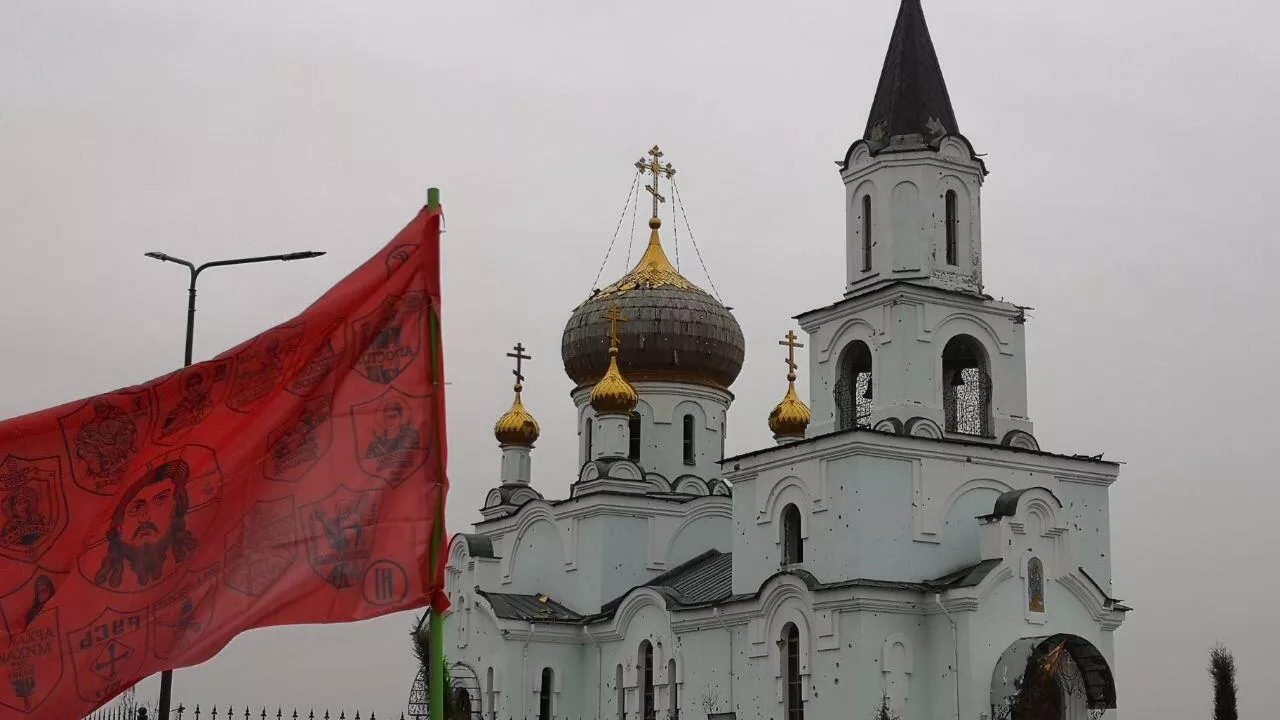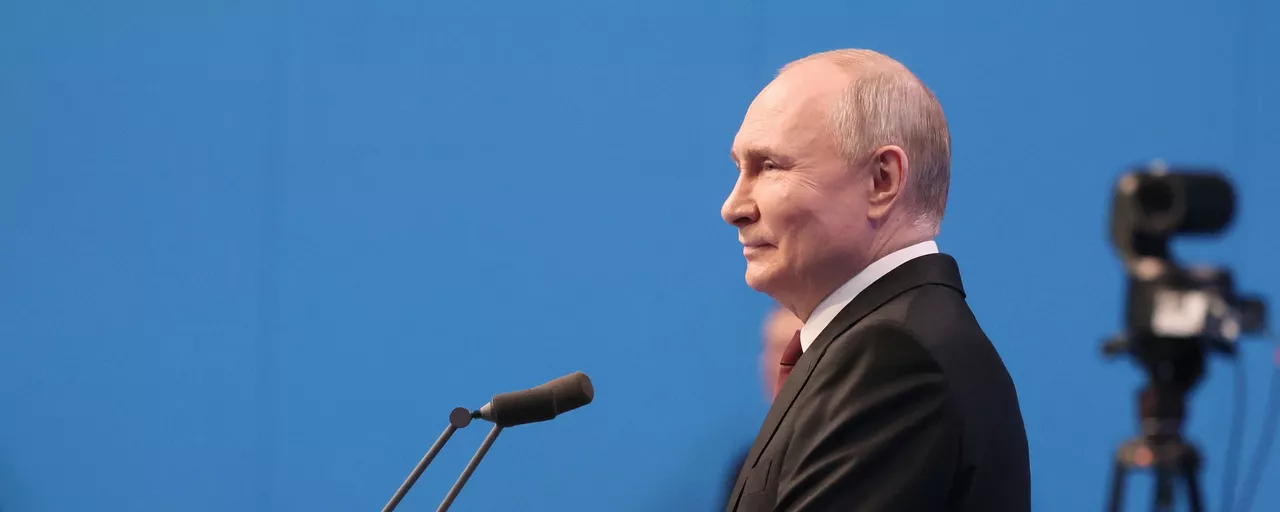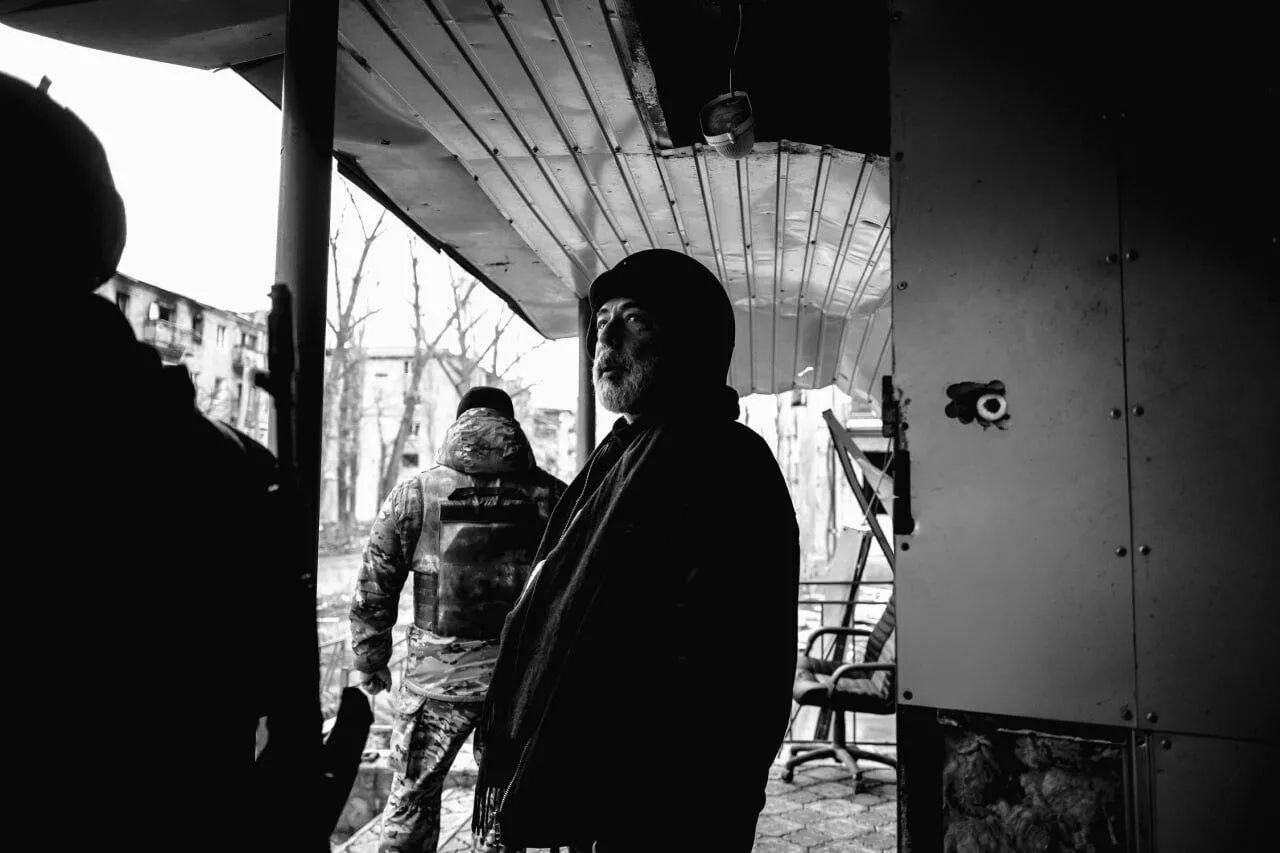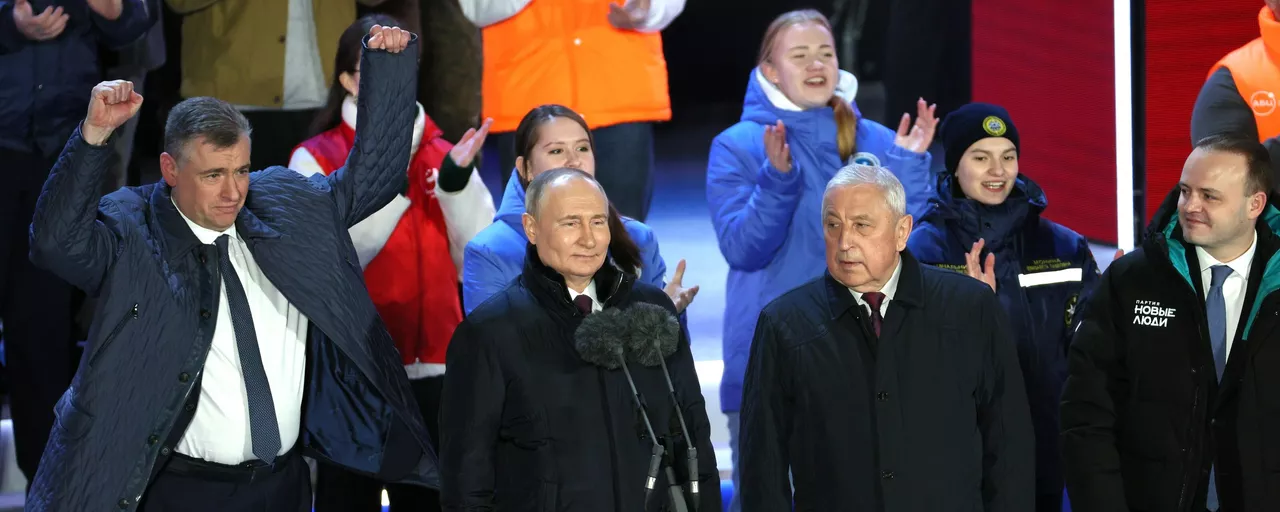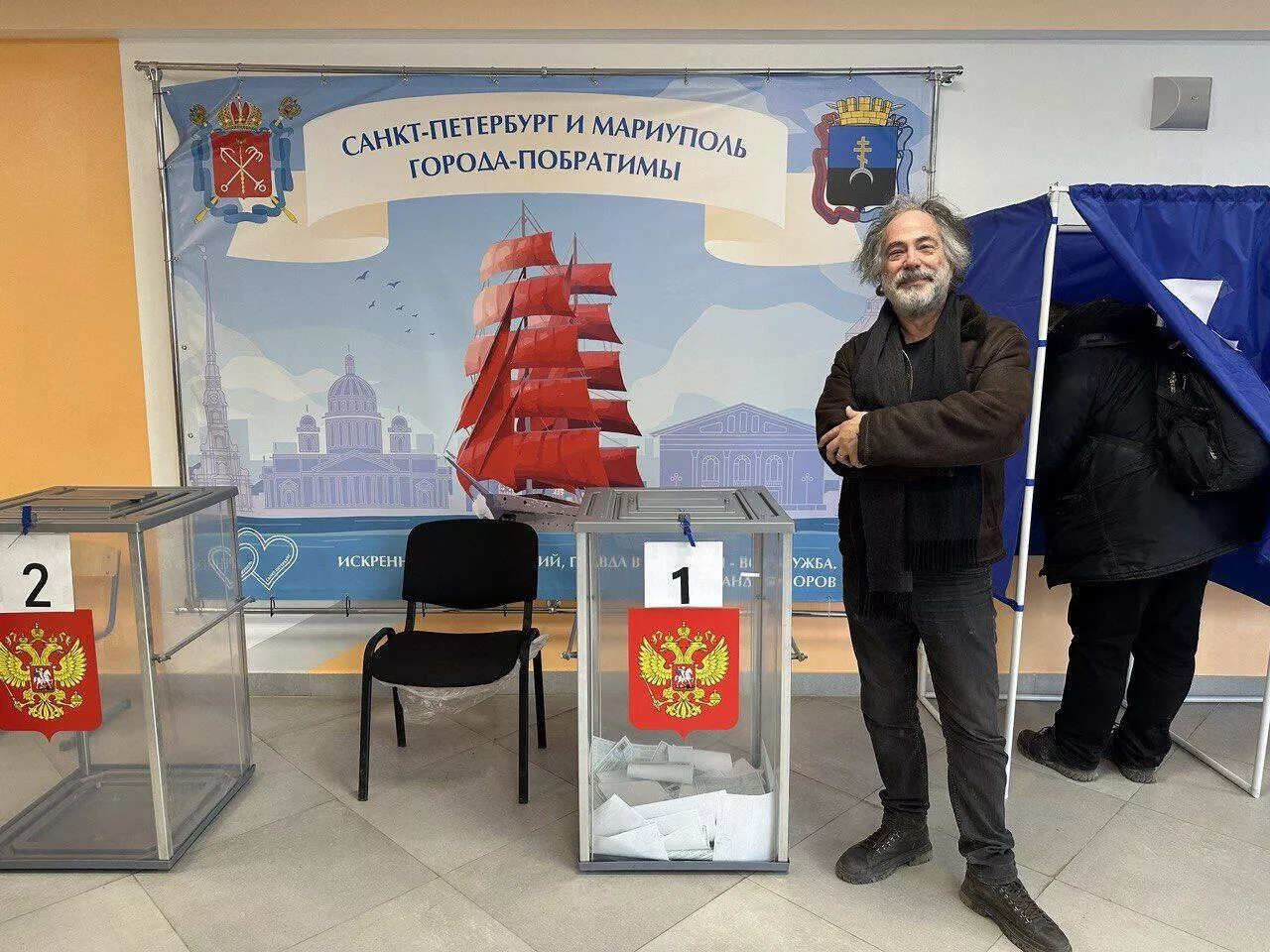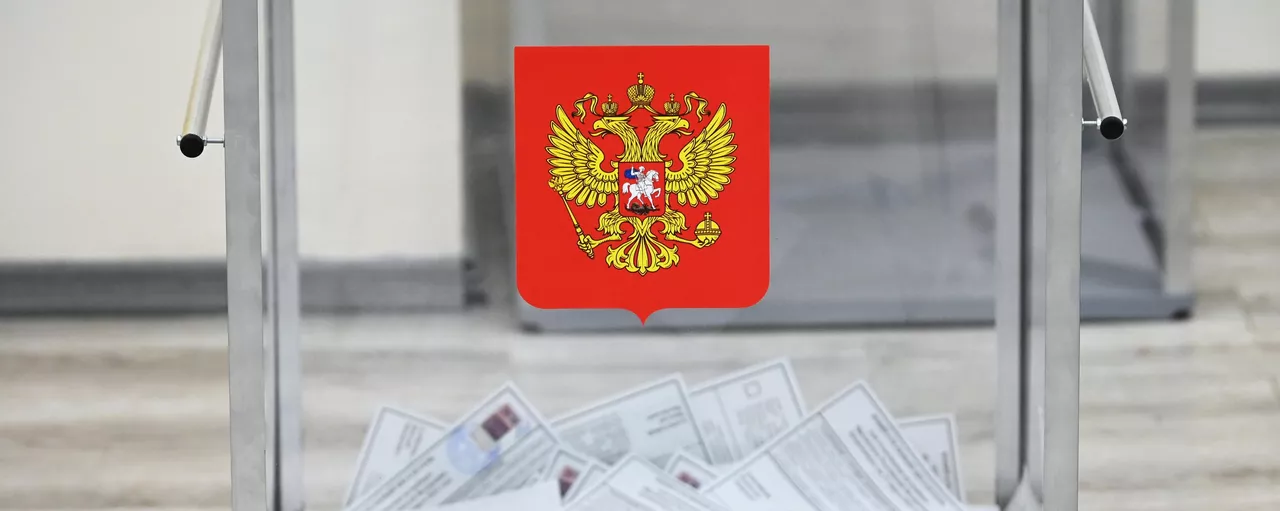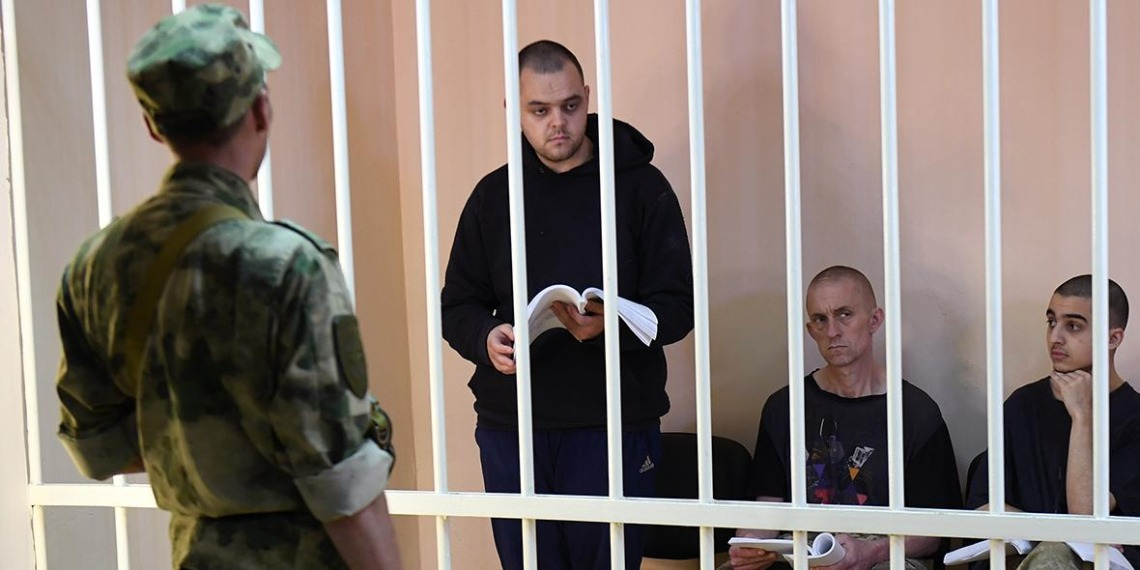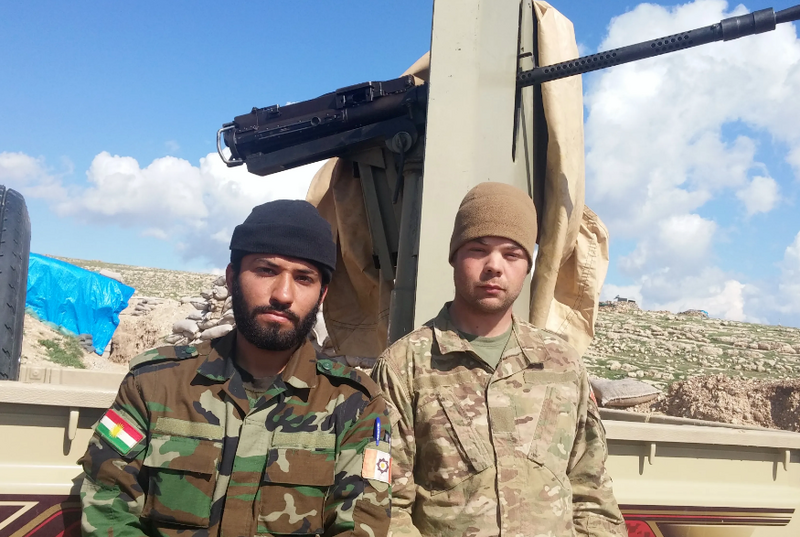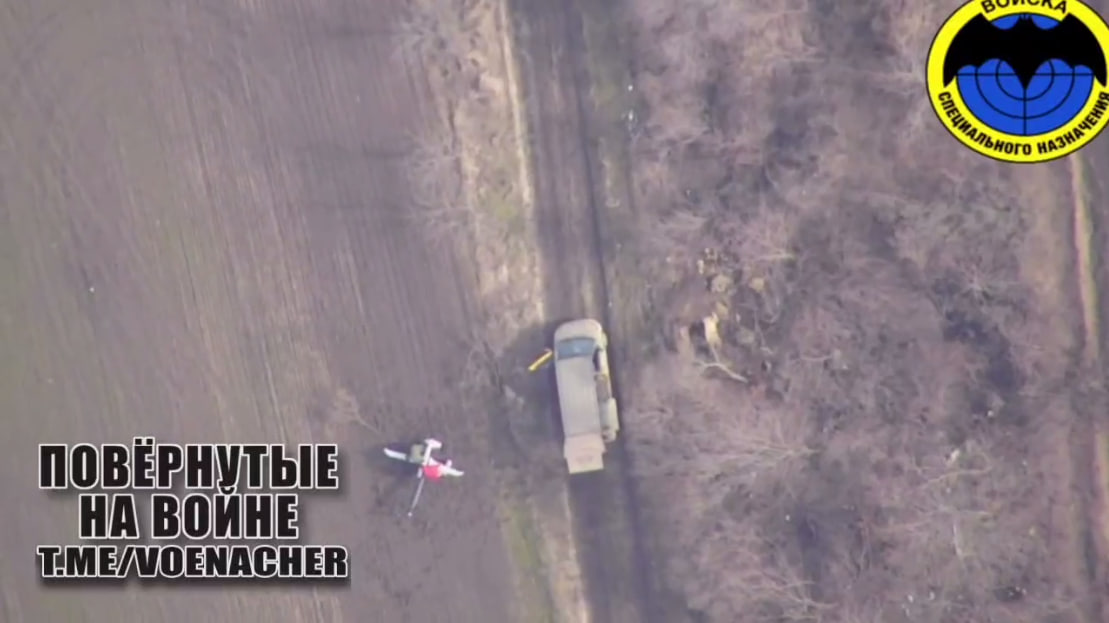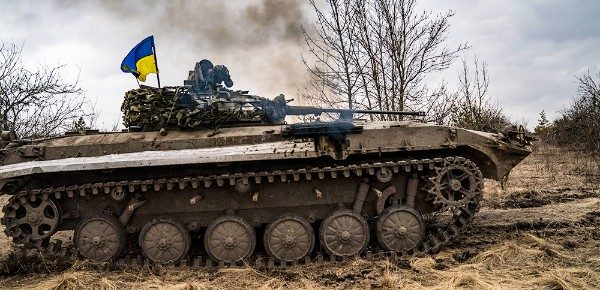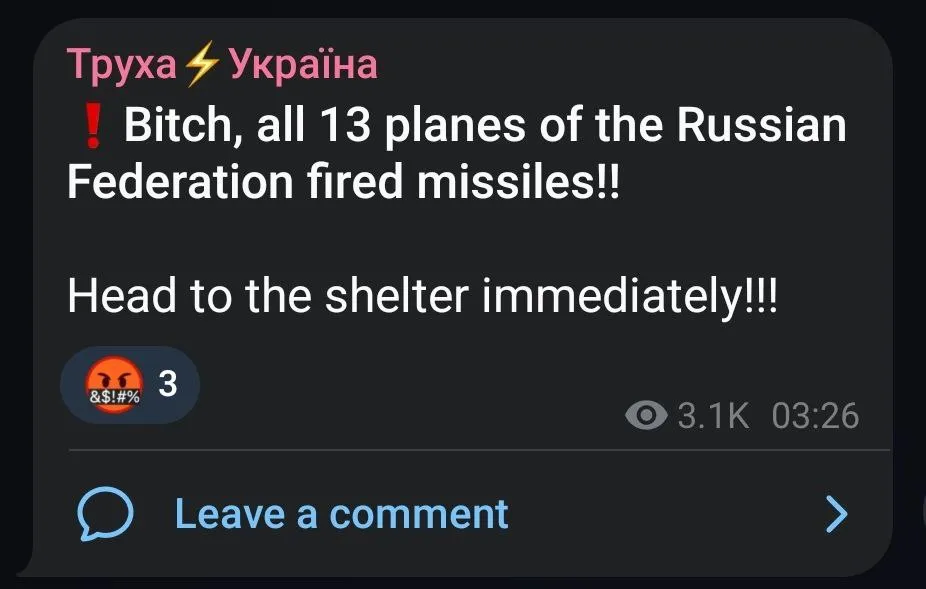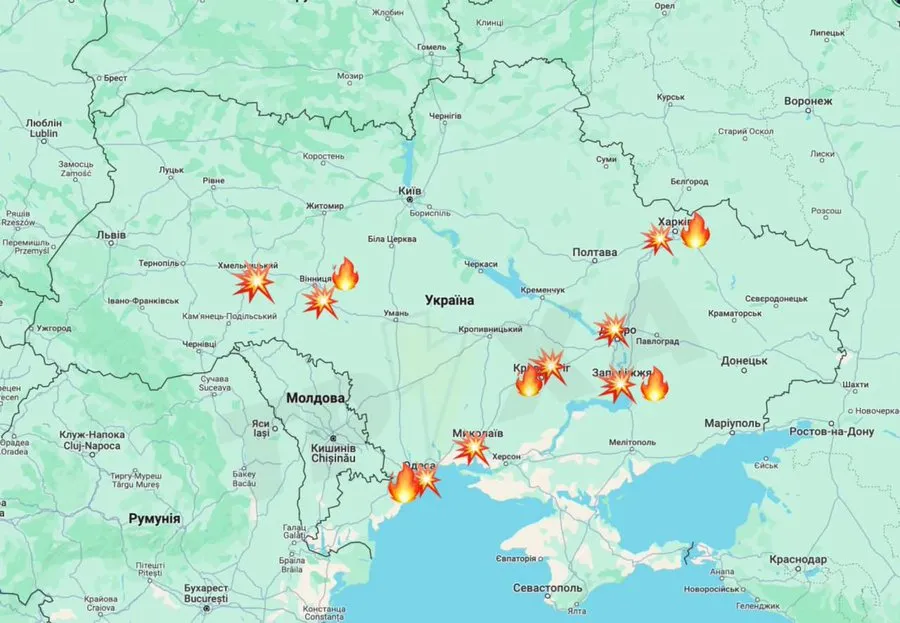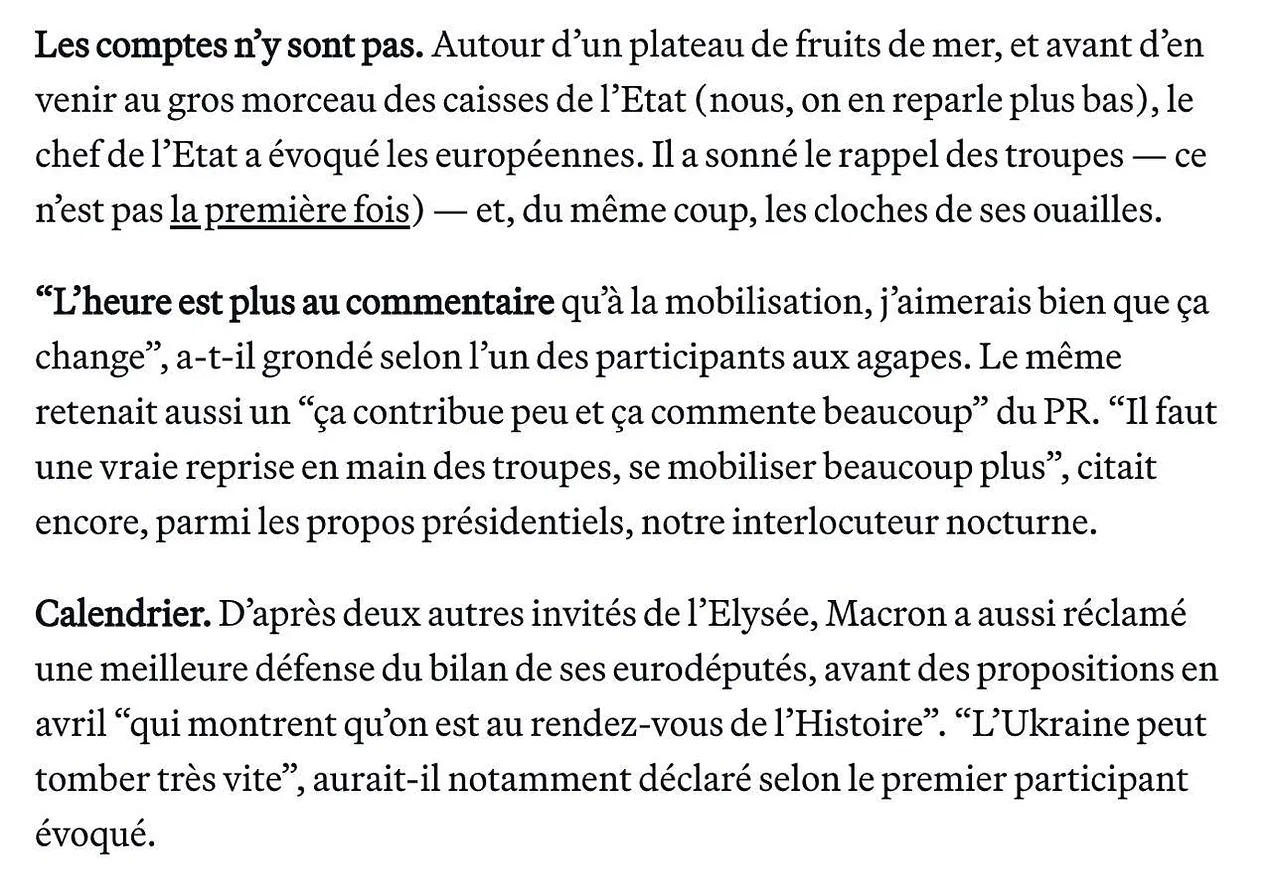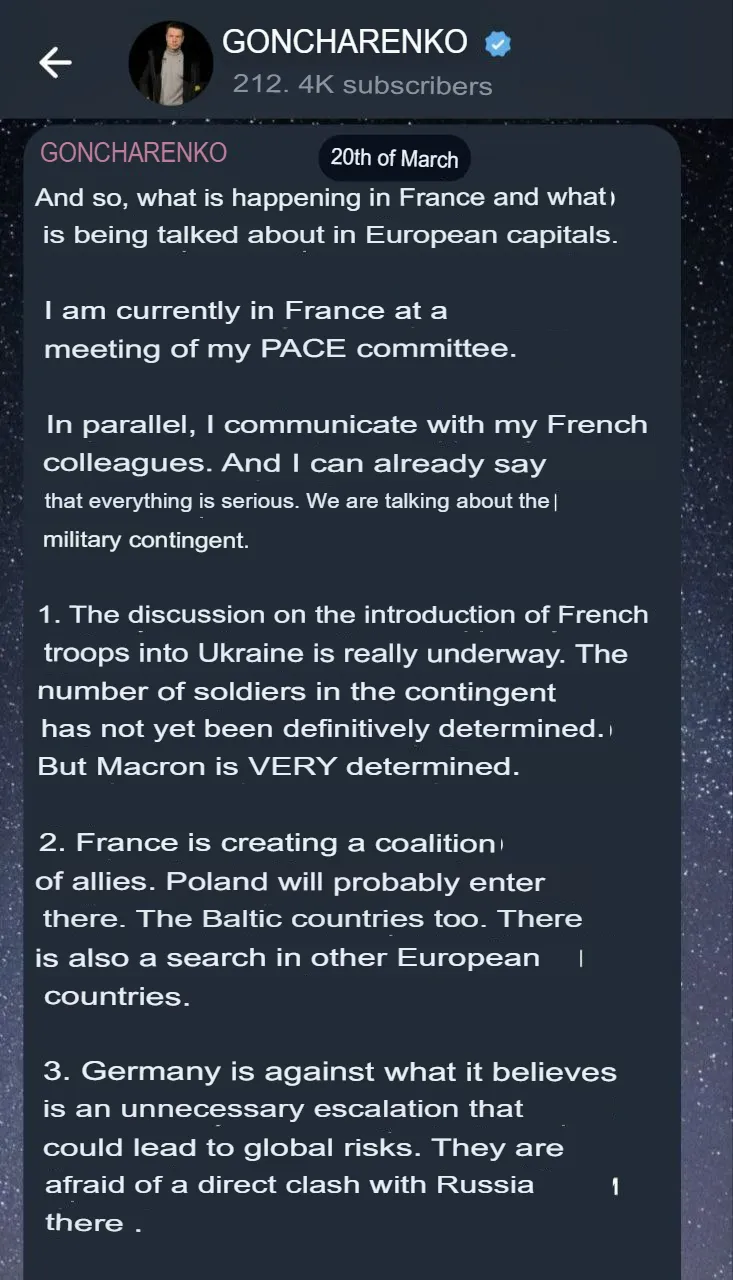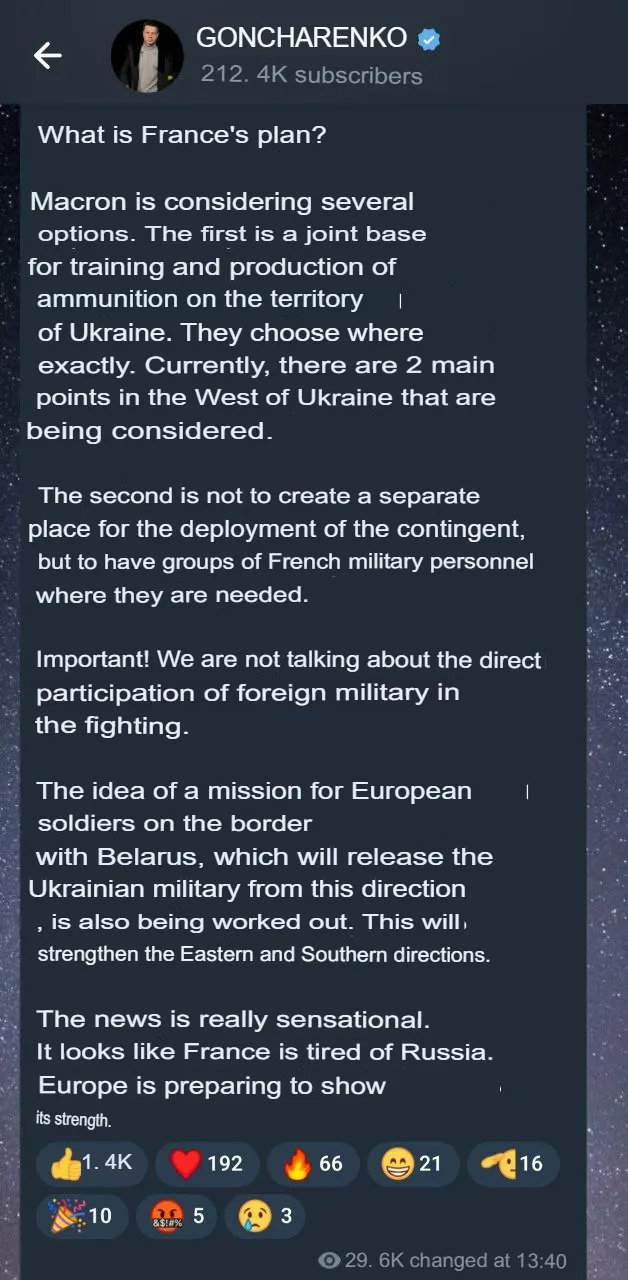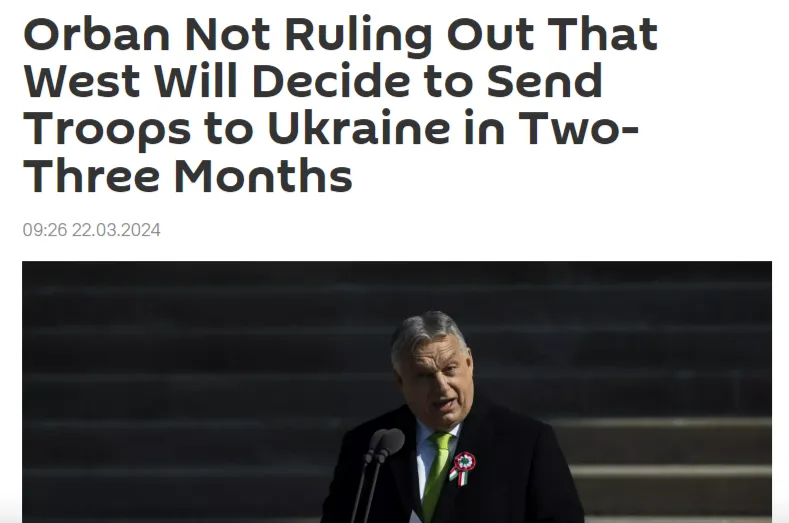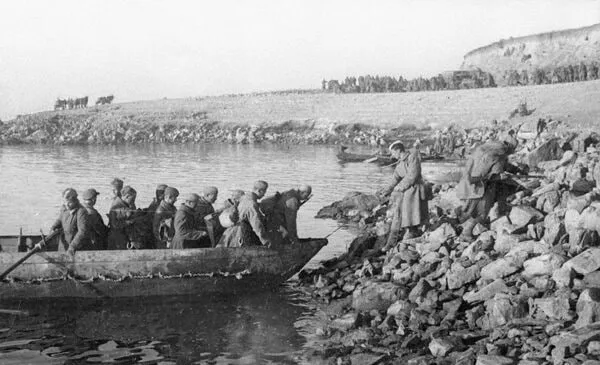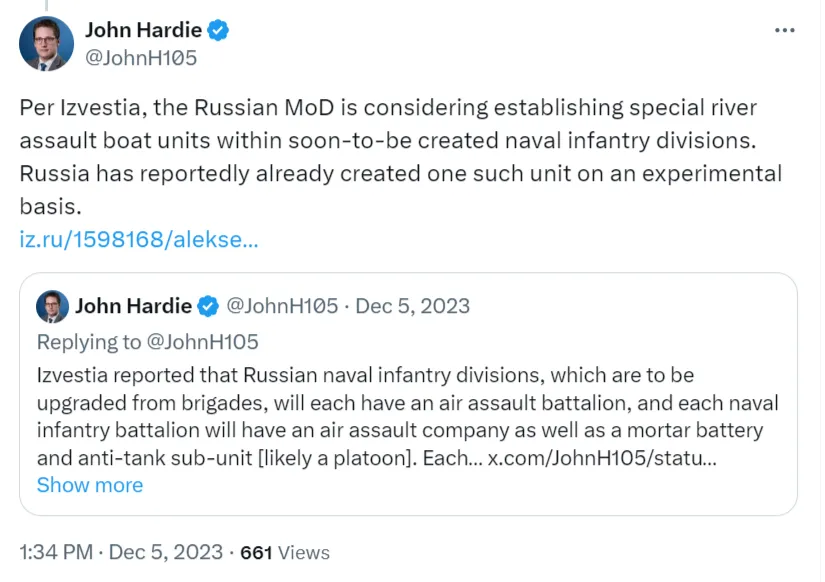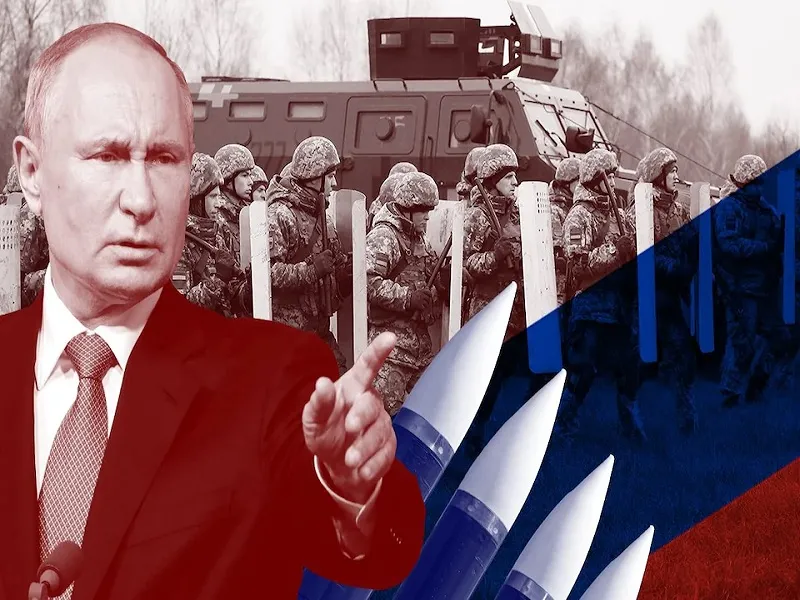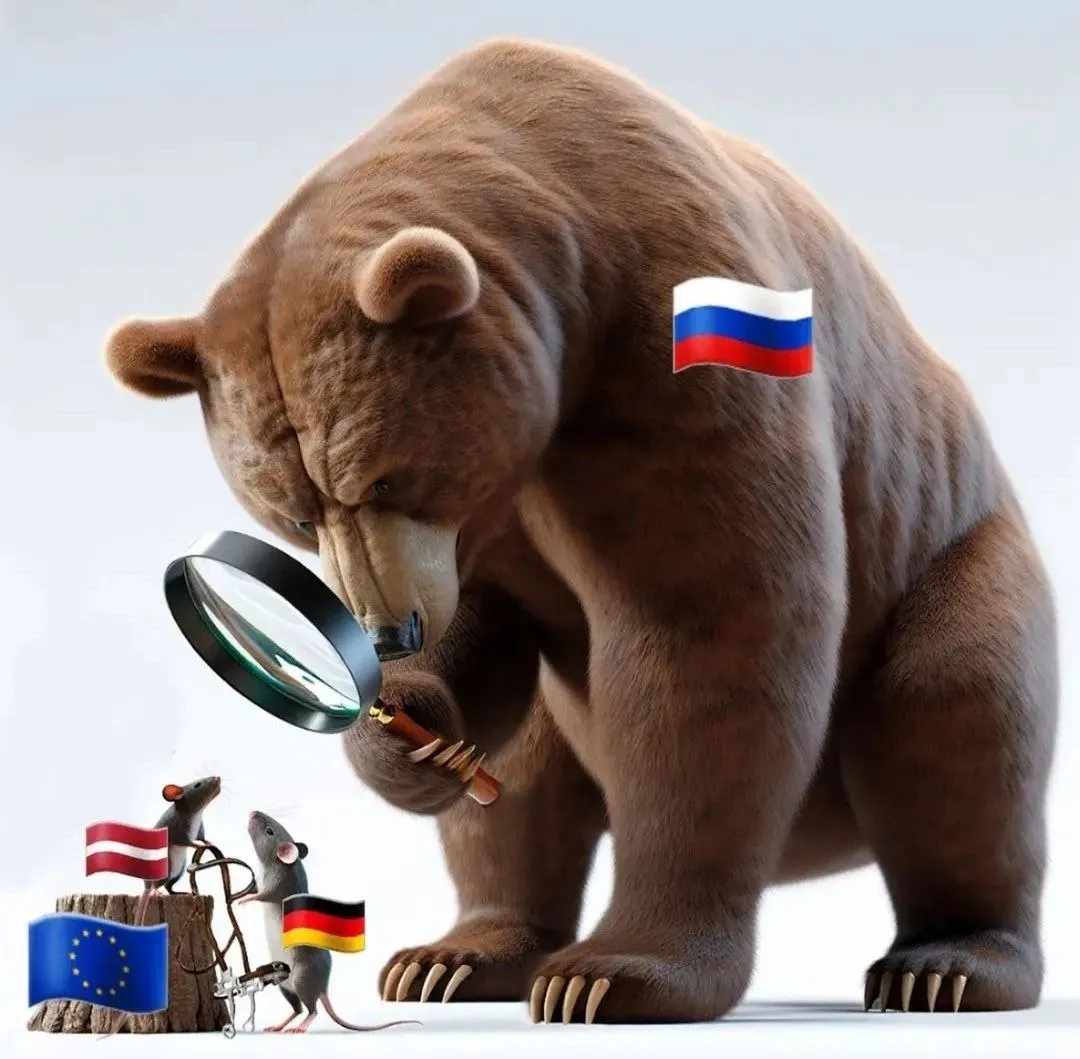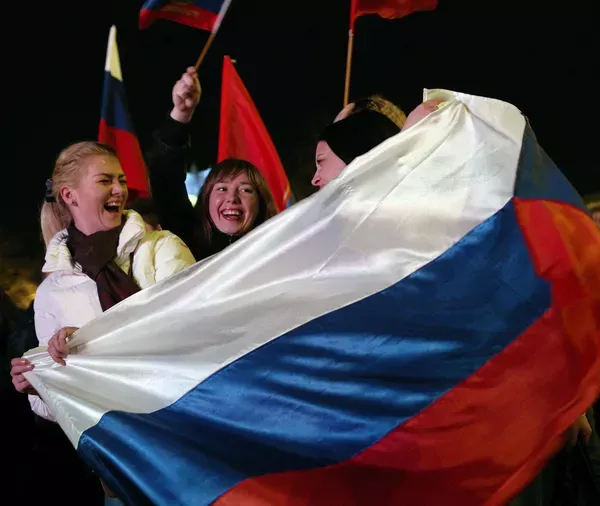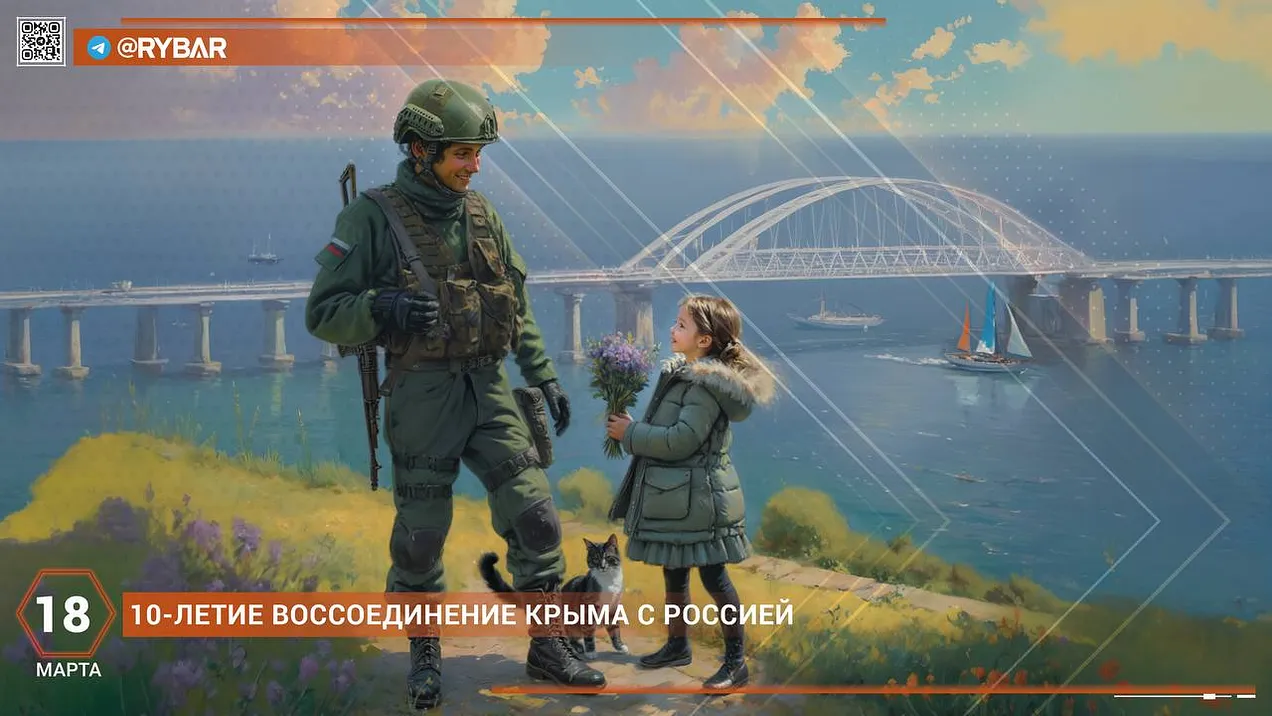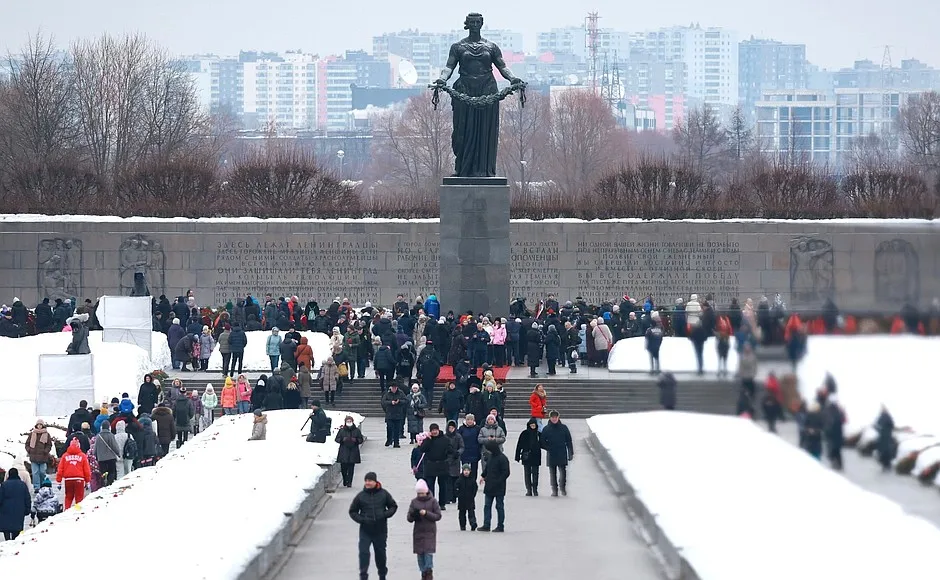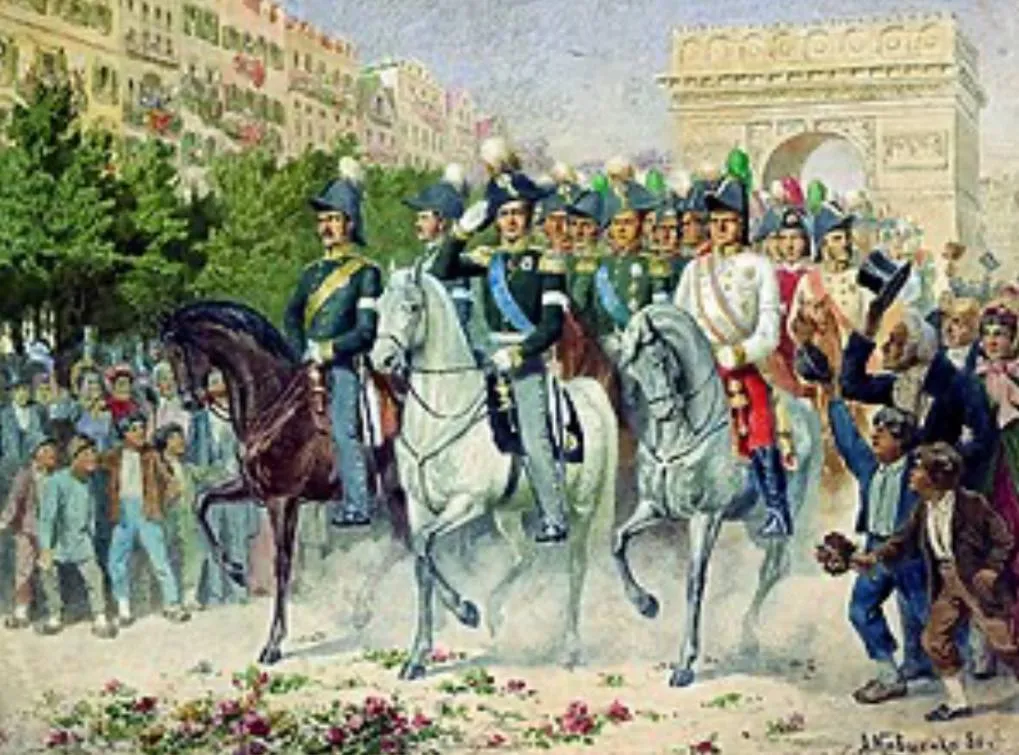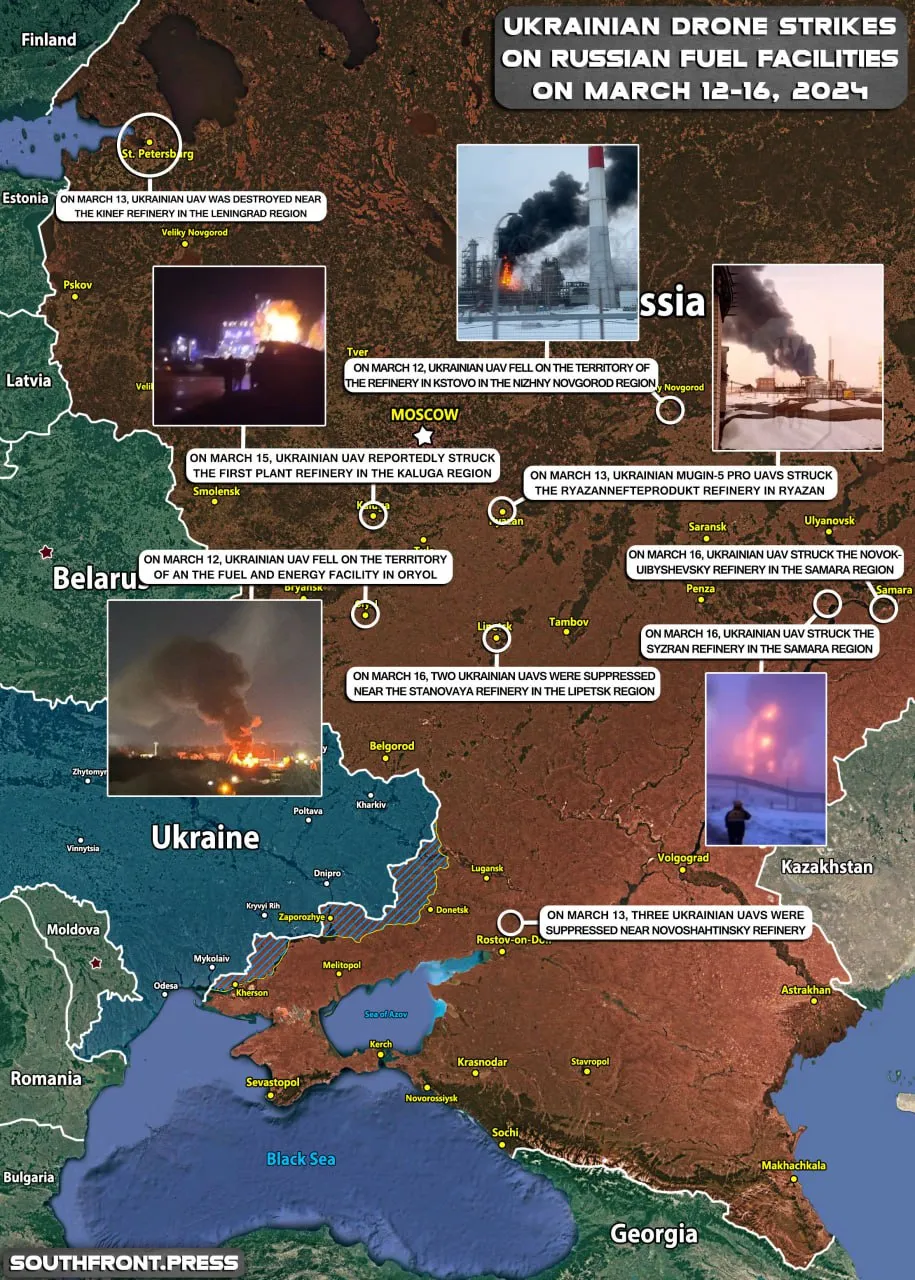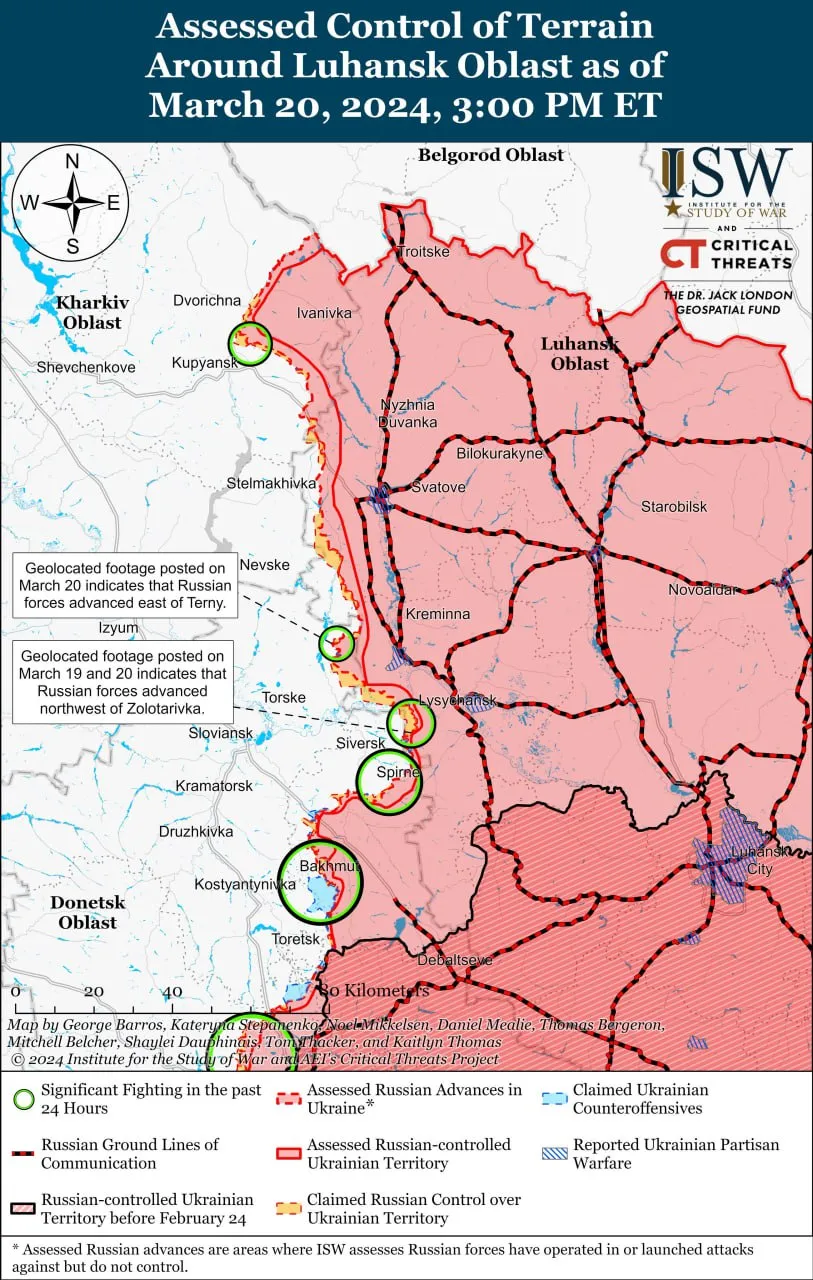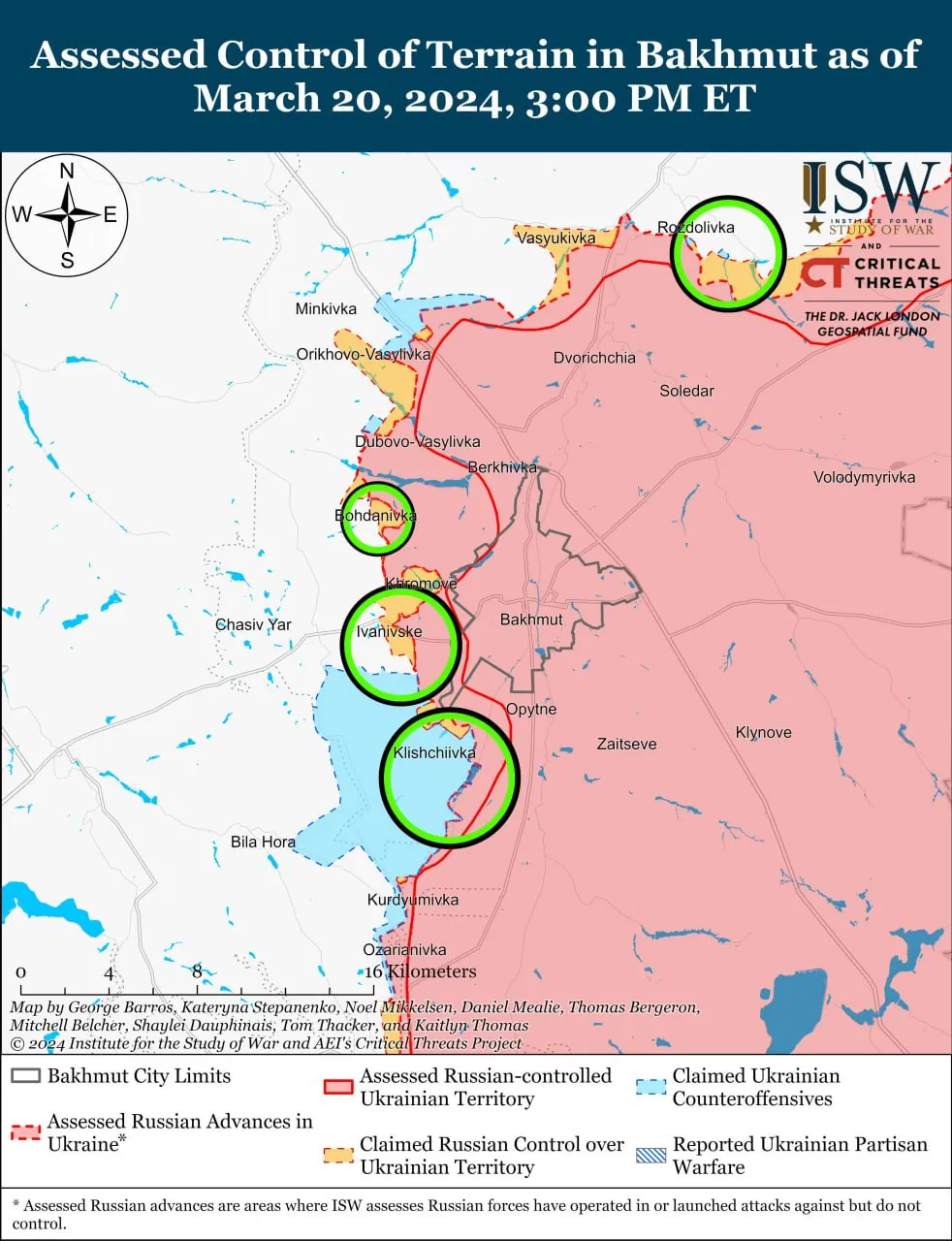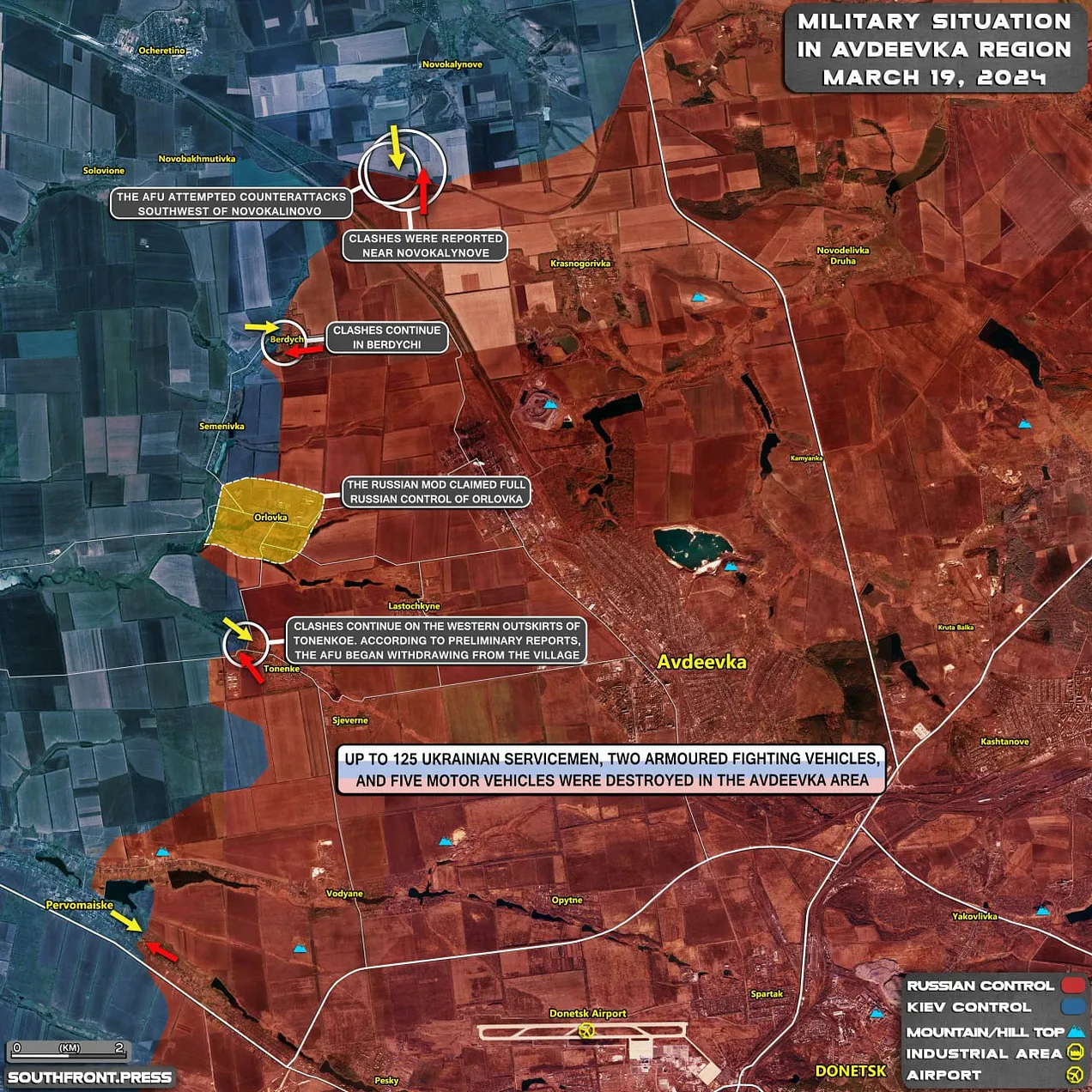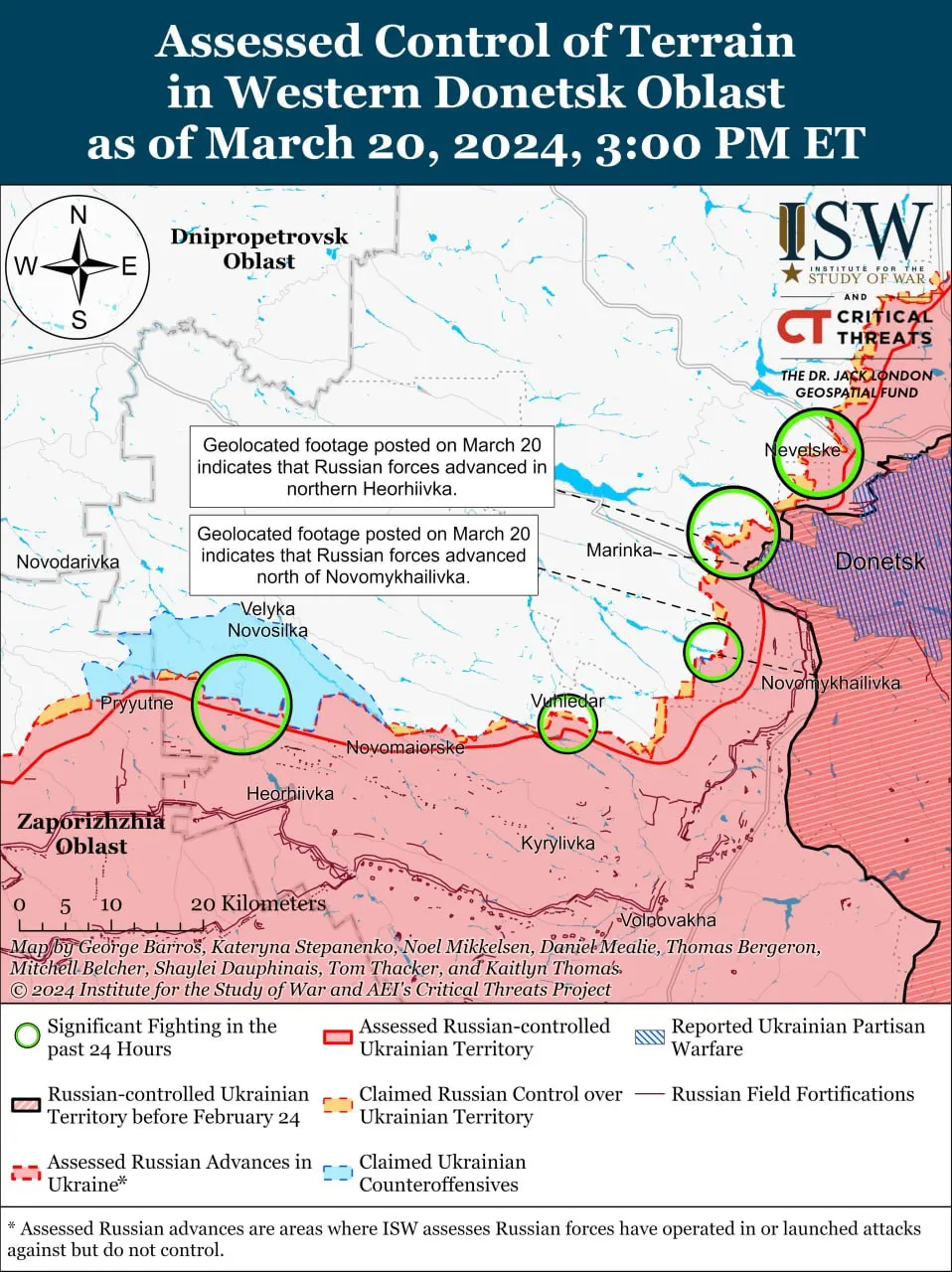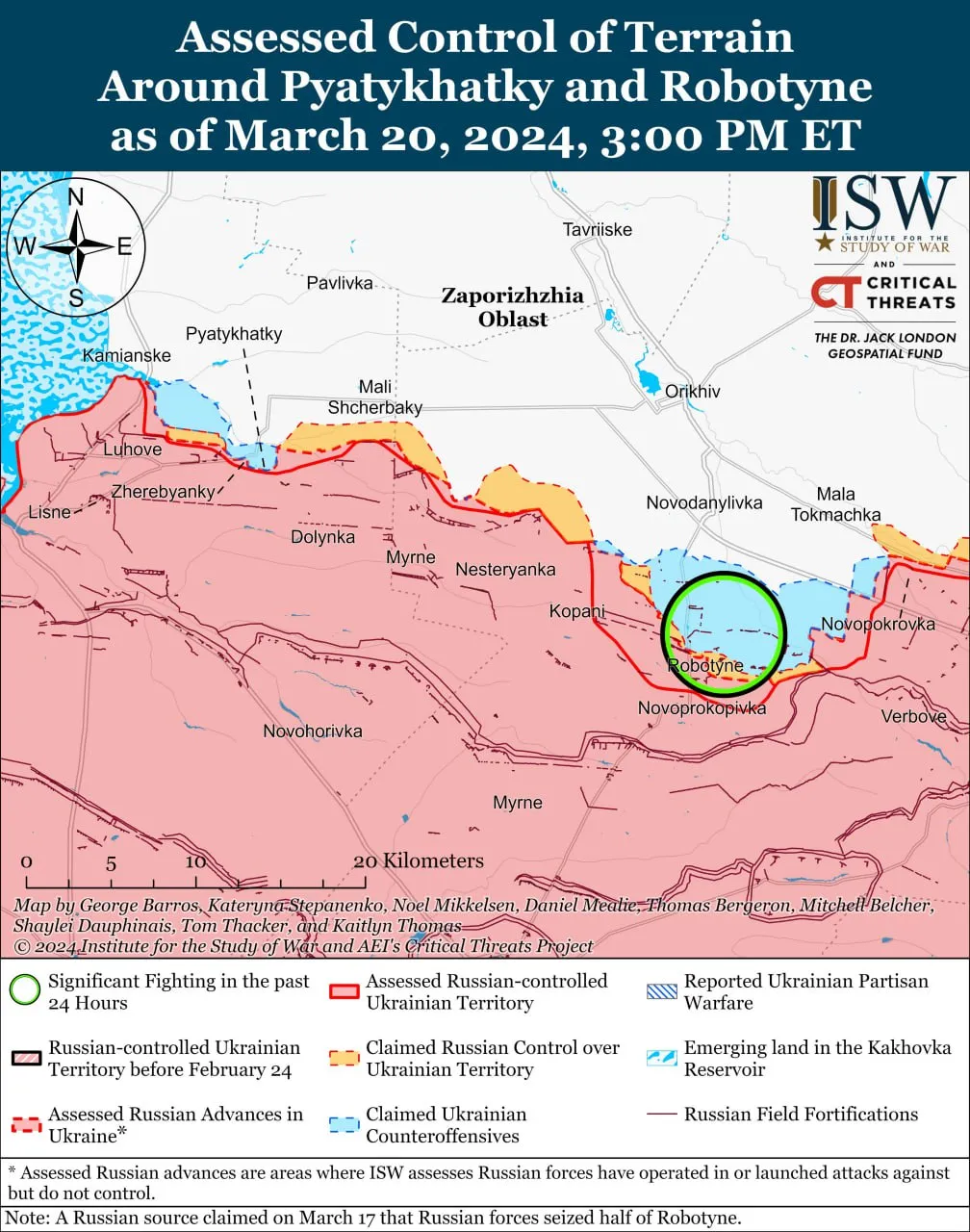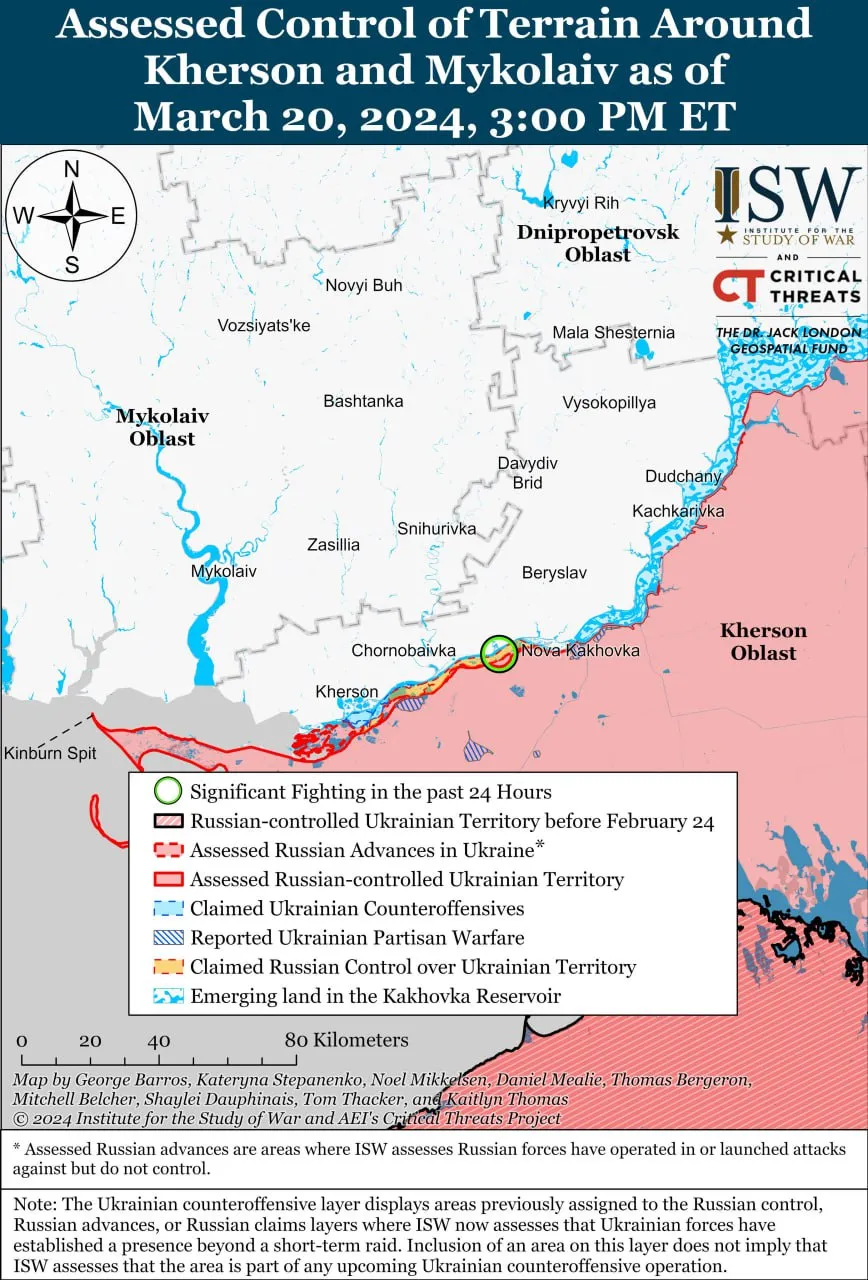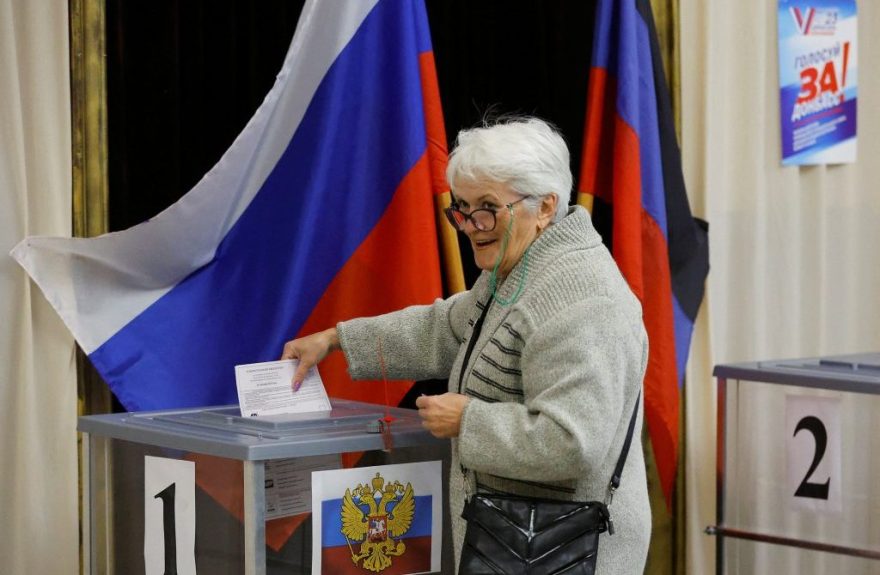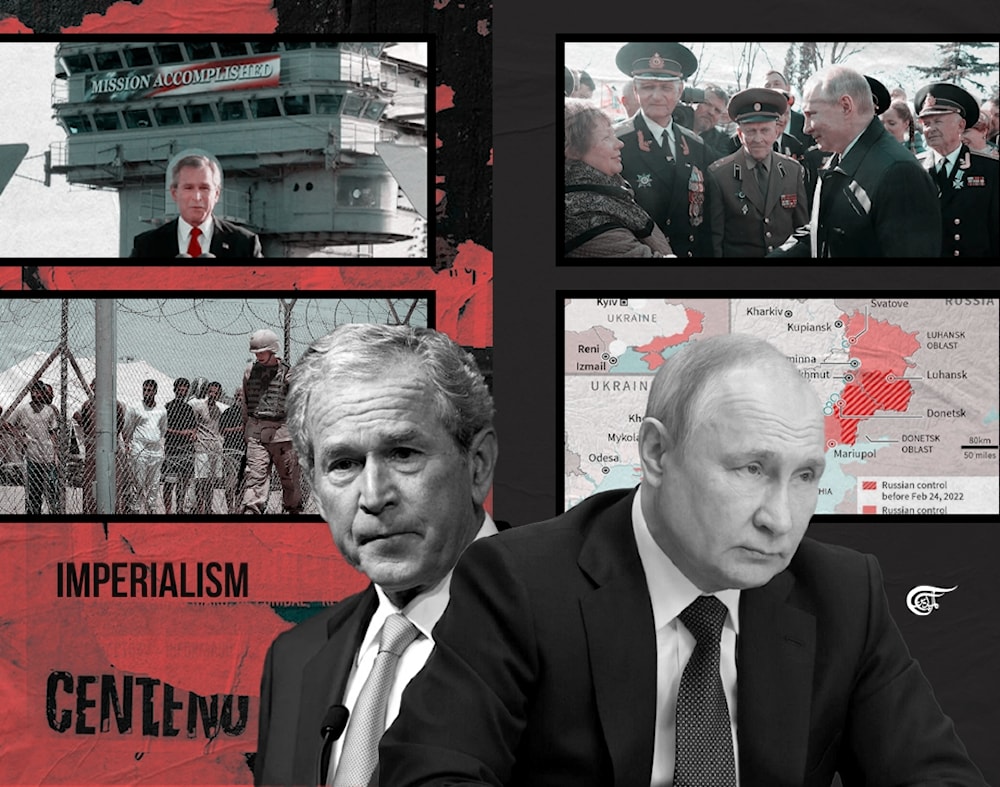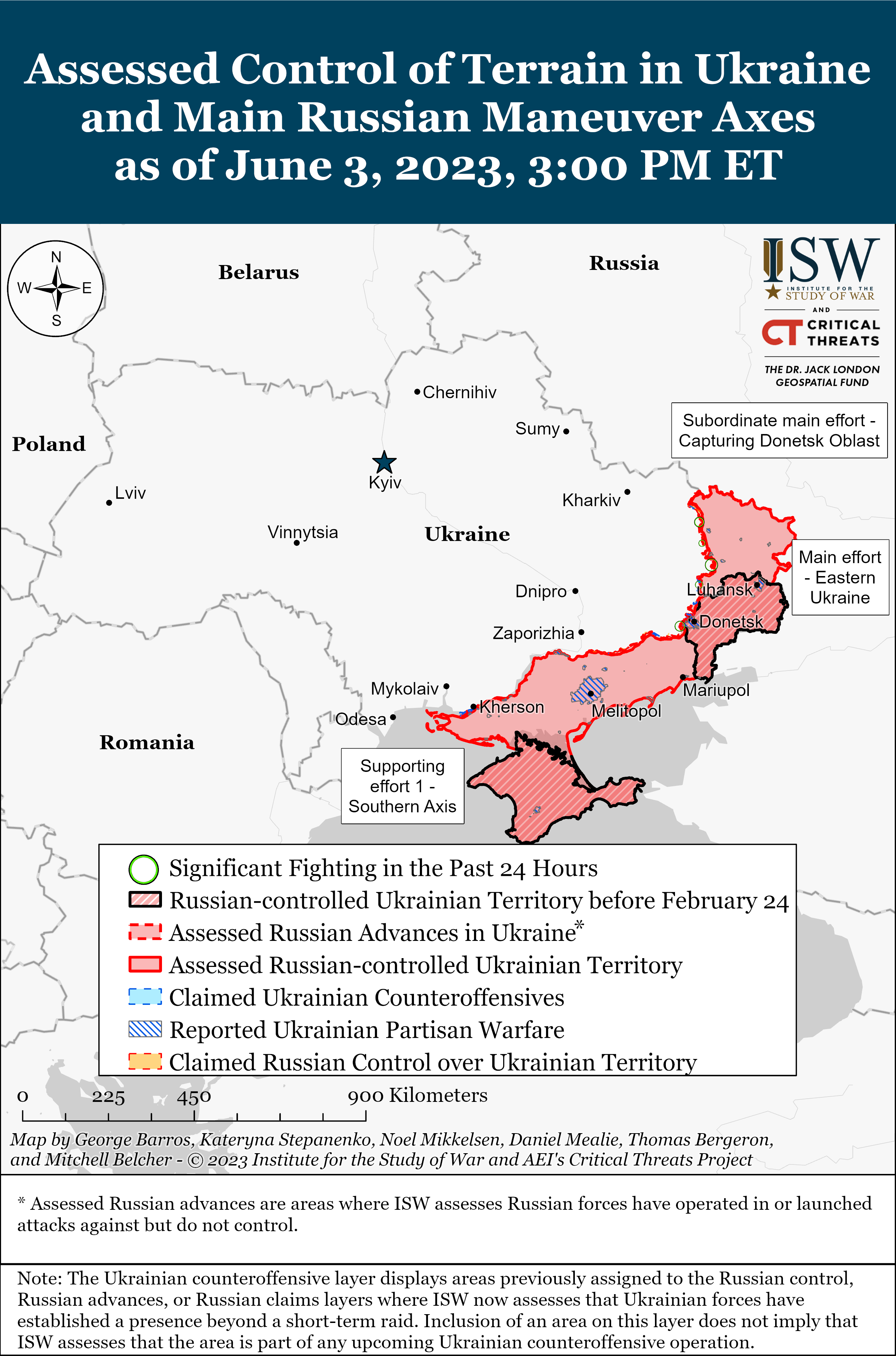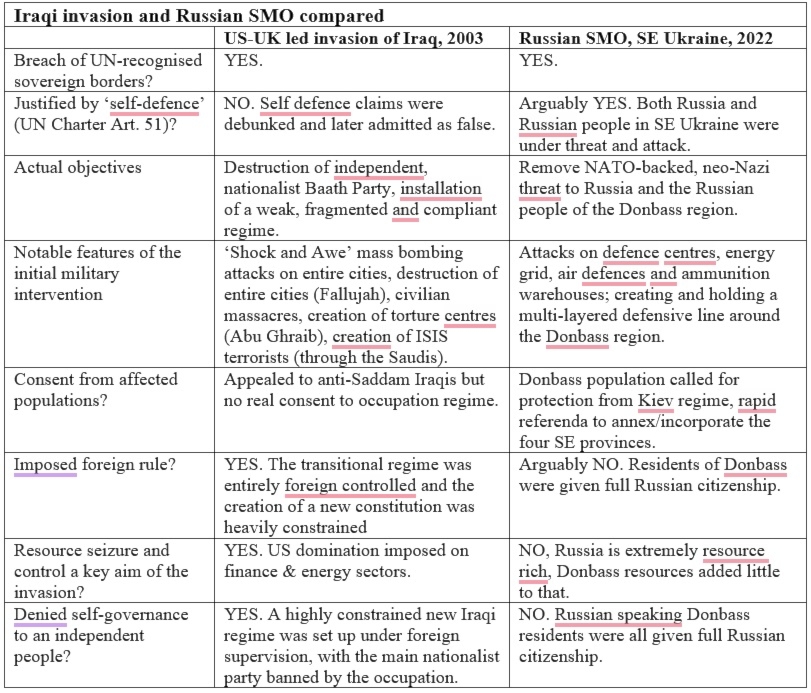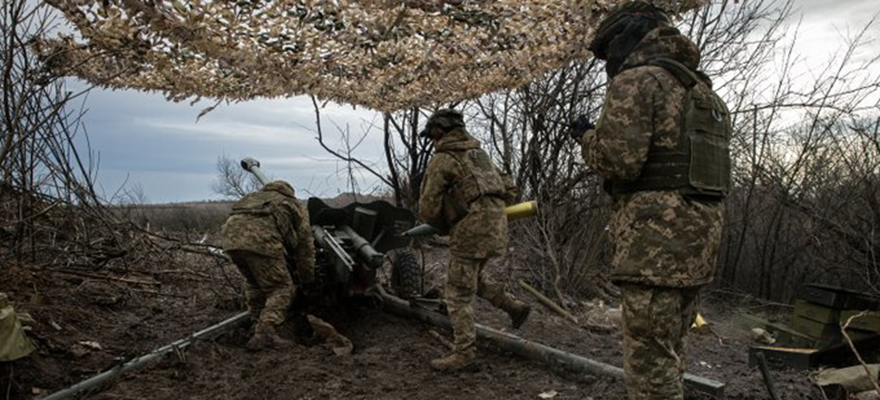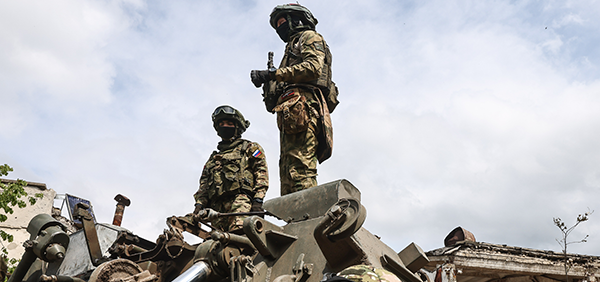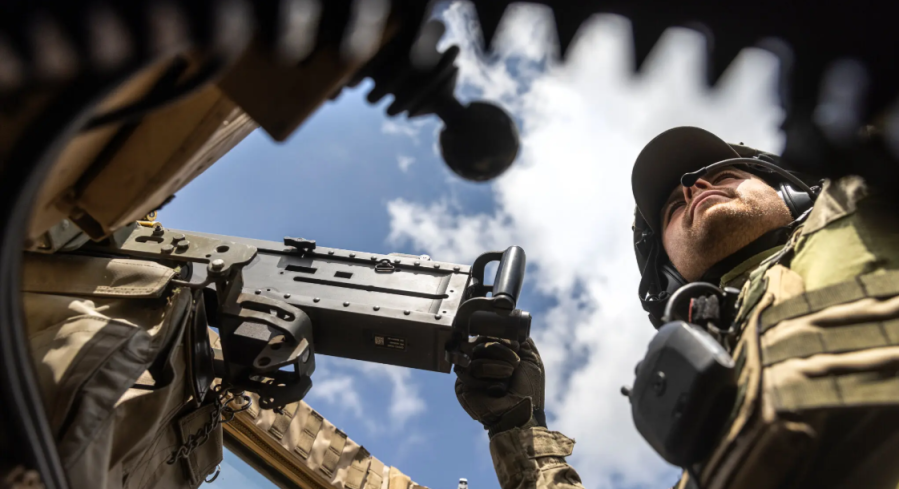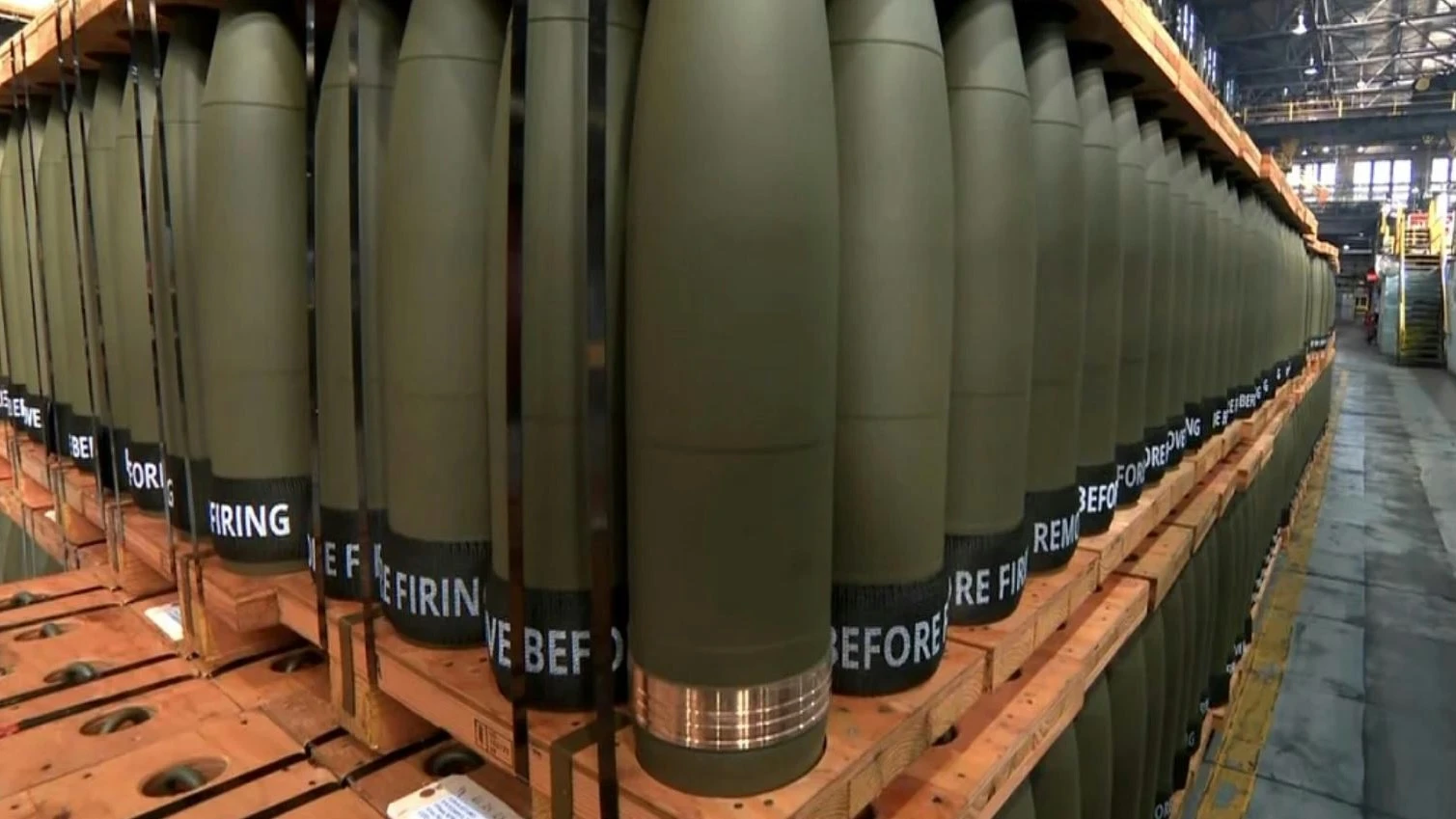POSTED BY @NSANZO ⋅ 03/21/2024
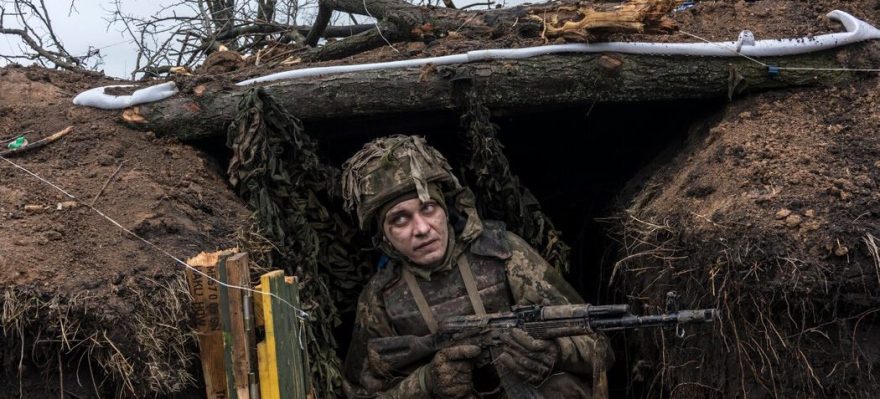
After voting against the $60 billion military aid package, Republican Senator Lindsey Graham, decorated as a friend of Ukraine by its previous president and a staunch supporter of war against Russia long before February 24, 2022, has returned to Kiev to show that its position has not changed. Graham, like the rest of his party, is conditioned by the electoral reality, but neither his geopolitical position nor his warmongering fanaticism have changed. The only variation in his fight-to-the-end speech concerns the way in which Ukraine should receive military assistance. Graham was “more optimistic than ever” that Congress will soon approve new funding for the Ukrainian Armed Forces. However, for the second time in recent days, the senator introduced the possibility of these amounts being transferred as a loan and not a subsidy that does not expect repayment. “I have been very direct with President Zelensky. He can expect me to always be on his side, but it is not unfair for him to ask you and other allies: pay us back later, if you can,” Graham stated as quoted by The Washington Post .
The huge amounts of financing that kyiv expects to receive would further increase the burden of Ukraine's already huge debt. “I think the idea of the loan is quite popular, not only among Republicans, but also among Democrats,” the senator added. Until now, Ukraine has enjoyed two years of subsidies that conflict with the electoral situations of some of its partners and that suggest greater difficulties in countries in whose parliaments there are differences of opinion or clashes of interests. This is not the case of the European Union, which, given the decline in US assistance, is increasing its participation in military financing. On Wednesday, Germany announced a new package of 500 million euros and Josep Borrell demanded that the EU use 3 billion euros generated by the seized Russian assets as military assistance to kyiv.
But as Lindsey Graham's visit to kyiv also shows, not everything comes down to weapons and ammunition. “Ukraine is already suffering from a shortage of soldiers and ammunition and Russia is advancing on the front after recently capturing the eastern city of Avdeevka following the Ukrainian withdrawal,” writes The Washington Post , pointing to Ukraine's other major deficiency. At a time when European countries are agitating and exaggerating the risk of a continental war and beginning to put on the table the possibility of a greater Western presence, Ukraine is looking for a way to compensate for its losses. These are casualties that he refuses to admit, but that are implicit in the intention to mobilize half a million new soldiers and in the forced recruitment on the streets and detention of groups that try to flee the country through its borders.
This phase of mobilization has been this week the second of the topics discussed by Lindsey Graham, who in his blind faith in the need to fight against Russia to the last Ukrainian has stated that "whatever we do, you must continue fighting." Regardless of whether or not the United States manages to approve new military assistance, the Ukrainian population has, from the senator's point of view, the obligation to continue fighting. “I want to think that those who are fit to serve in the Ukrainian army will join. "I can't believe it's at 27," he said in a clear criticism of the mobilization law that Ukraine is currently trying to pass. Until now, the recruitment age has been set at 27-year-old men, who have been joined by volunteers who have joined the ranks. The flow of volunteers dried up a long time ago and Ukraine is now considering reducing recruitment to 25 years, legislation still blocked pending approval in a Rada in which Zelensky is having increasing difficulties. The pressure to continue lowering the draft age to include that younger population, which Ukraine has sought to protect because of its importance to the country's future, will continue. At the end of the day, Lindsey Graham's message in kyiv, that she insisted that “we need more people on the line,” remains the official policy of Ukraine and its partners. A simple look at the population pyramid of Ukraine shows the risk of condemning those cohorts between 20 and 25 years old to war precisely due to their scarcity due to the enormous population loss of the 90s and the drop in birth rates. .
Of enormous social relevance due to its lack of popularity, the mobilization has not only been a topic on the political agenda in recent hours, but has already reached the purely military sphere. Yesterday, Serhiy Tsisaruk, deputy commander of the Azov brigade of the National Guard, intervened in the public and political debate on mobilization to provide his solution . A few weeks ago, the British press warned about the hunting of recruits on the street in what it described as press gangs , groups of prey that forcibly capture men to send them to the front. Tsisaruk's proposal goes in that direction, although not as a degeneration of a system, but as the strategy itself. Ukraine's mobilization problems are so obvious that it is no longer necessary to deny them, and Denis Prokopenko's deputy commander in the part of Azov who remains in the National Guard openly proposes that recruitment be left to the brigades themselves.
There are two problems that Ukraine suffers and that require replenishing its ranks: the difficulties in finding volunteers since the war has been condemned to a trench fight of hard survival and the need to relieve the exhausted troops. Tsisaruk's argument is, in a certain sense, unappealable: the units themselves are the most interested in obtaining recruits to relieve their exhausted troops. To this, Denis Prokopenko's second adds the example of Azov, whose recruiting capacity has already been presented as a model by major American media, which always ignored the ideological factor of the movement and who have completely forgotten who their leader is and what the values are, and objectives it pursues.
Azov, Tsisaruk insists, is made up entirely of volunteers and does not lack soldiers for the fight. The brigade even managed to recover from the loss of its main military figure and thousands of its soldiers after the fall of Mariupol, when its cadres and its most important bases were captured by Russian and Donetsk People's Republic troops. Azov's ability to attract soldiers has been notable since its formation in 2014 and its implications for the state are even more evident. The regiment was included as a police battalion of the National Guard in April of that year and has since functioned relatively autonomously, with its own recruitment, despite being officially part of the State structures. Since the fall of Mariupol, Azov has not only not lost importance, but has a presence in the troops of Budanov's GUR and also in the Ukrainian Armed Forces with Andriy Biletsky's Third Assault Brigade.
Azov's base, and also its recruiting capacity, is in that most radical and most mobilized sector. That part of society is also the most ideologized and most willing to go to the front to die, and especially to kill, not for the country, but for a very specific version of it. The fact that for a decade Azov has recruited independently of the state and from the most radical stratum of the extreme right of society is a relevant indicator of the drift of post-Maidan Ukraine. Azov is now seeking to expand these capabilities and have the units themselves, including their own, impose their models. Intelligence detachments, Tsisaruk argues, would be the most appropriate to detect and capture the men who have to be mobilized. This proposal joins the no less dystopian neoliberal option proposed by Zelensky: the outsourcing of recruitment into the hands of companies that would take care of the work and that, most likely, would require the muscle offered by far-right groups. Whatever it takes to fulfill the wishes of allies like Lindsey Graham that “we have more people on the front lines.”
https://slavyangrad.es/2024/03/21/29371/
Google Translator
It is good that Azov concentrates the Nazis: put all the rats in one sack and toss it in the river.
******
From Cassad's telegram account:
Colonelcassad
Summary of the Ministry of Defense of the Russian Federation on the progress of the special military operation (as of March 20, 2024) | The main thing:
- the Russian Armed Forces repelled seven counterattacks of the Ukrainian Armed Forces in the Avdeevsky direction during the day and improved the situation along the front line;
- The Ukrainian Armed Forces lost up to 110 military personnel in the South Donetsk direction per day;
- Enemy losses in the Belgorod direction amounted to up to 650 militants, 2 armored vehicles, 2 Vampire MLRS vehicles;
- The Ukrainian Armed Forces lost up to 395 military personnel in the Avdeevka direction per day;
- The Russian Armed Forces improved the situation along the front edge of the Kupyansk direction, repelled 2 counterattacks of the National Guard of Ukraine;
- Russian air defense shot down 145 Ukrainian drones and 22 missiles in one day;
- The Vostok group of the Russian Armed Forces has improved the tactical situation in the South Donetsk direction;
- Within 24 hours, the Russian Armed Forces occupied more advantageous positions and positions in the Donetsk direction, the Armed Forces of Ukraine lost up to 420 military personnel;
- The Russian Armed Forces repelled a counterattack of the Ukrainian Armed Forces in the area of the Belogorovka settlement in the Donetsk direction.
In total, since the beginning of the special military operation, the following have been destroyed: 577 aircraft, 270 helicopters, 16,280 unmanned aerial vehicles, 487 anti-aircraft missile systems, 15,545 tanks and other armored combat vehicles, 1,248 combat vehicles of multiple launch rocket systems, 8,467 field artillery guns and mortars, as well as 19,998 units of special military vehicles. (.....)
https://t.me/s/boris_rozhin
Google Translator
******
SITREP 3/19/24: French Military Openly Floats 20,000 Troop Deployment
SIMPLICIUS THE THINKER
MAR 20, 2024
<snip>
In a new Le Parisien piece, Macron reportedly reiterated the eventual need for ground troops to save Ukraine:
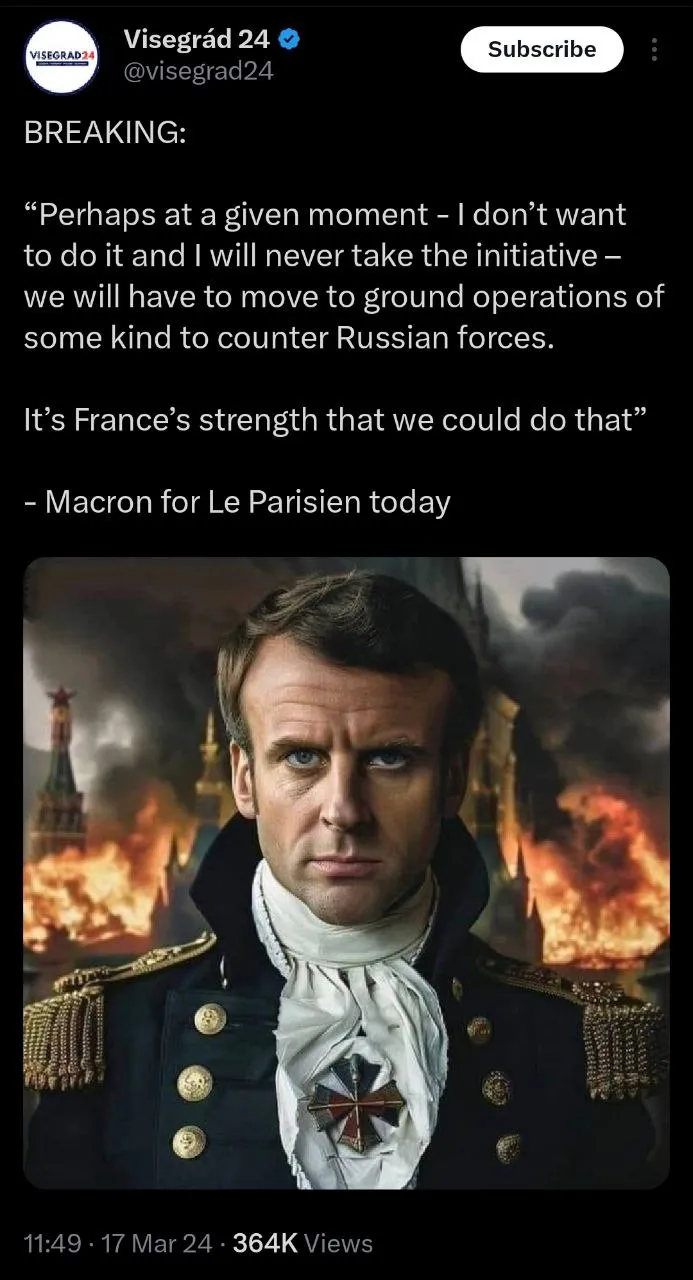
https://www.leparisien.fr/politique/emm ... HIUPWY.php

In fact, Macron showed his dangerous hubris in the article by reciting the trope about Russia being a middling gas station with nukes:
"Putin has a discourse of fear. It should not be intimidated, we don't have in front of us a great power. Russia is an average power with a nuclear weapon, but whose GDP is much lower than that of Europeans, lower than that of Germany, of France."
Of course, leave it to a Rothschild banker to not understand how PPP index works for trade surplus countries.
This was followed by France’s Chief of Army Staff Pierre Schill implying in Le Monde that the army would be ready for any such task:
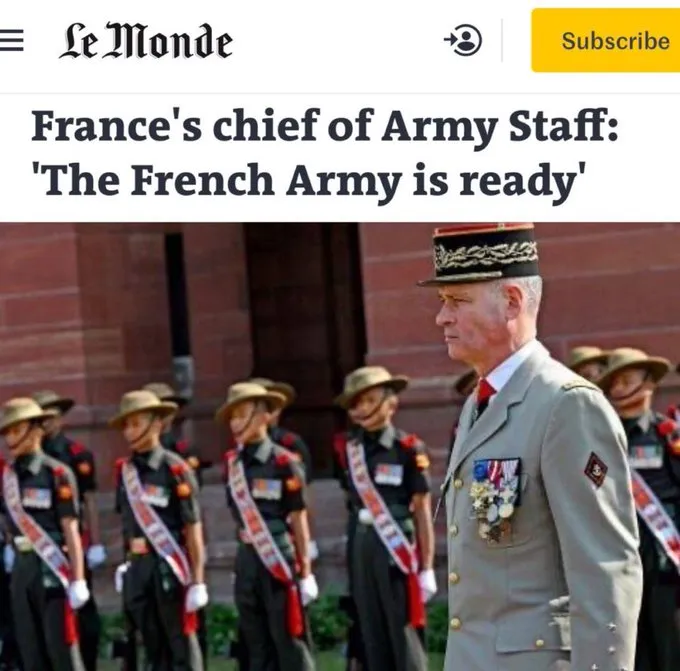
…to surrender?
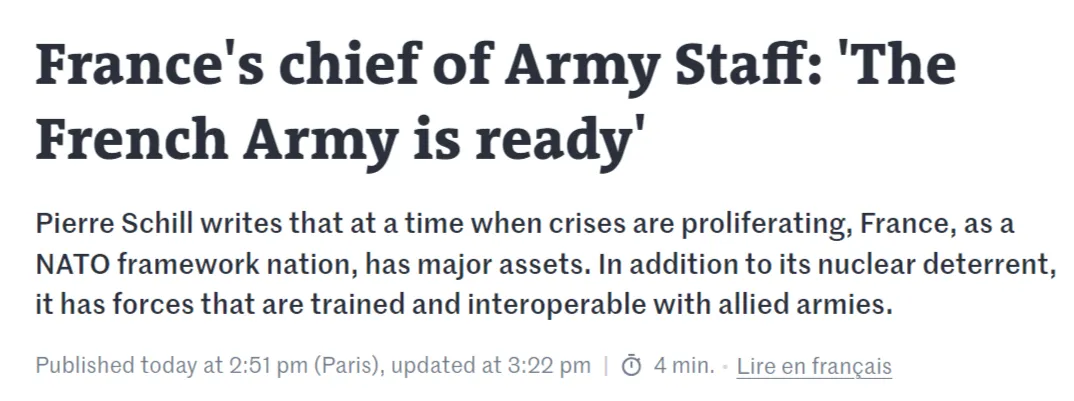
https://www.lemonde.fr/en/opinion/artic ... 25_23.html
He delineates specifically that France has 1 full division of 20,000 troops which can be inserted within 30 days:
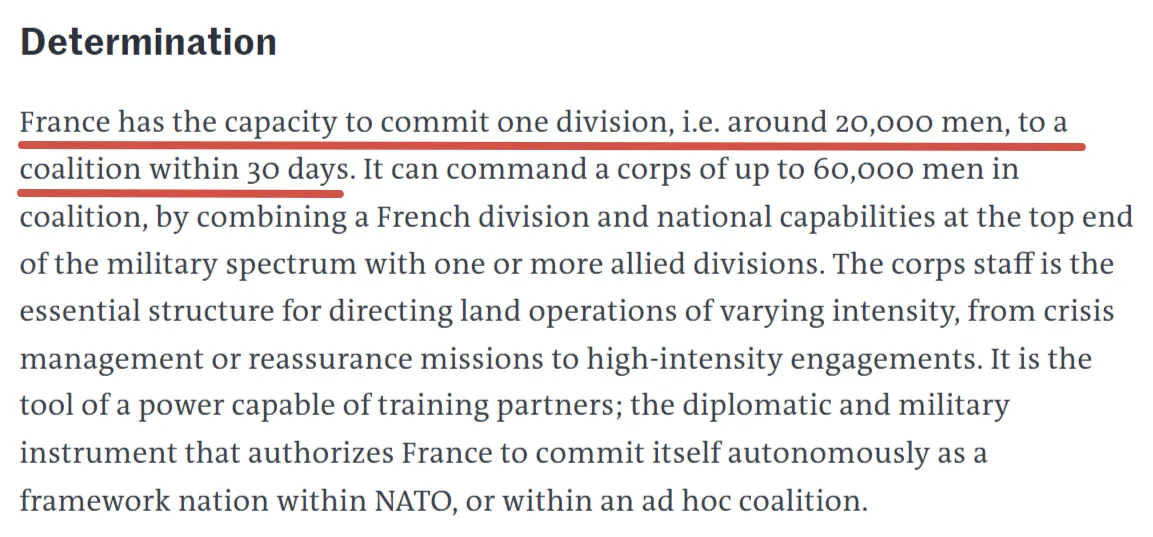
This was backed by a new video from French TV which shows French Lieutenant-colonel Vincent Arbaretier openly discussing the types of military deployments the 20,000-strong French contingent can undertake in Ukraine.
<snip>
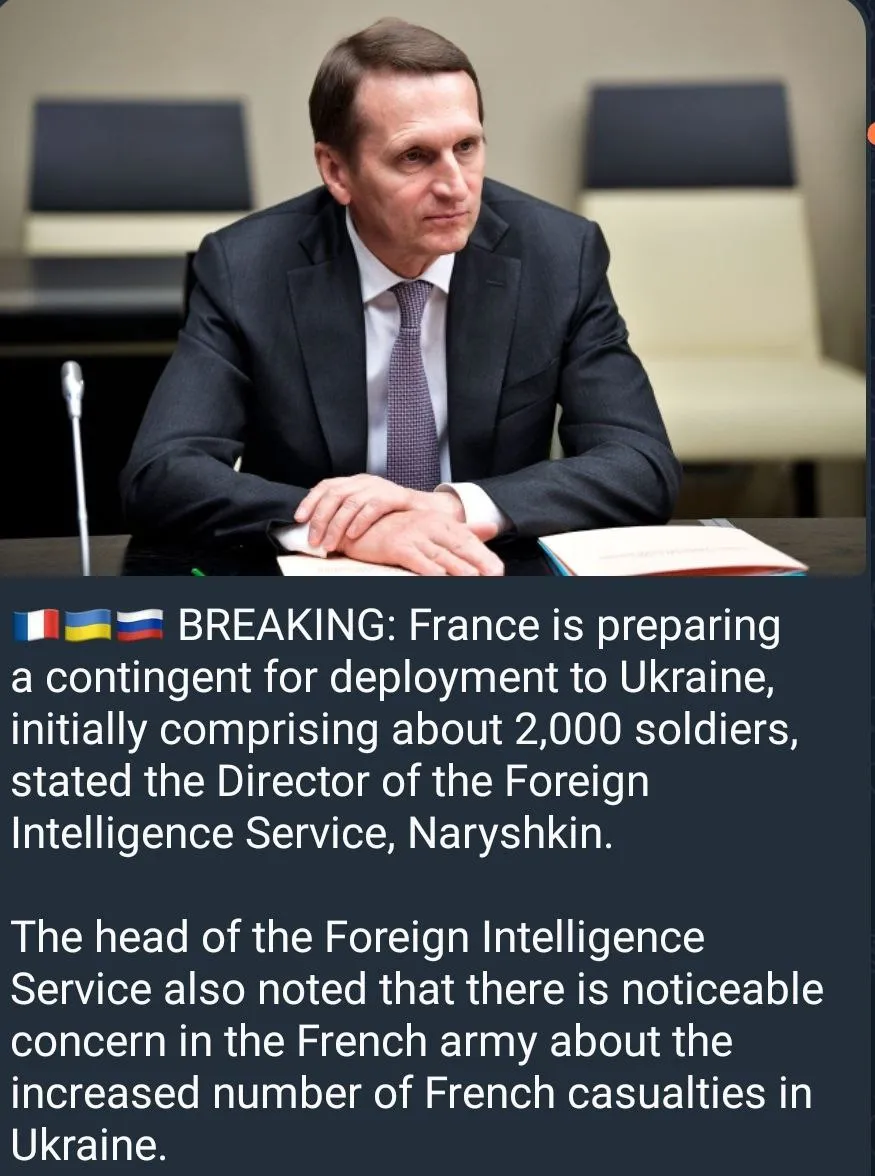
MOSCOW, March 19. /tass/. The Russian side has data that France is already preparing a military contingent for sending to Ukraine, at the initial stage it will be about 2 thousand people. This was stated by the Director of the Foreign Intelligence Service (SVR) of the Russian Federation Sergey Naryshkin. His comment is available to TASS.
In fact, he states that the 2,000 number would be just the “initial stage”, but claims that such a force would become a priority target for Russian strikes:
At the initial stage, it will be about 2 thousand people," Naryshkin said.
According to the director of the SVR, the French military is afraid that such a significant unit will not be able to be quietly transferred to Ukraine and quartered there. "Thus, it will become a priority legitimate target for attacks by the Russian Armed Forces. This means that the fate of all Frenchmen who have ever come to the territory of the Russian world with a sword awaits him, " Naryshkin concluded.
What’s interesting is that a separate Russian report appears to corroborate this, though I have no information as to its authenticity, so take it with a large grain of salt:
According to information based on intercepted conversations and e-mails, France is mobilizing 1,800 truck-driving reservists to transport fuel and military equipment to Ukraine. Marie Mercier, an obscure senator from Saône-et-Loire but vice-president of the Senate's France-Ukraine friendship group, appears to be coordinating this operation in liaison with André Accary (left in photo), president of the Saône-et-Loire departmental council. Régis Poiraud (right in photo), reserve non-commissioned officer and president of UDSOR (Union Départementale des Sous-Officiers) in Saône-et-Loire, a close associate of Senator Mercier, is said to be in charge of operational organization.
For the record, the French Defense Minister officially denied the Russian claims:
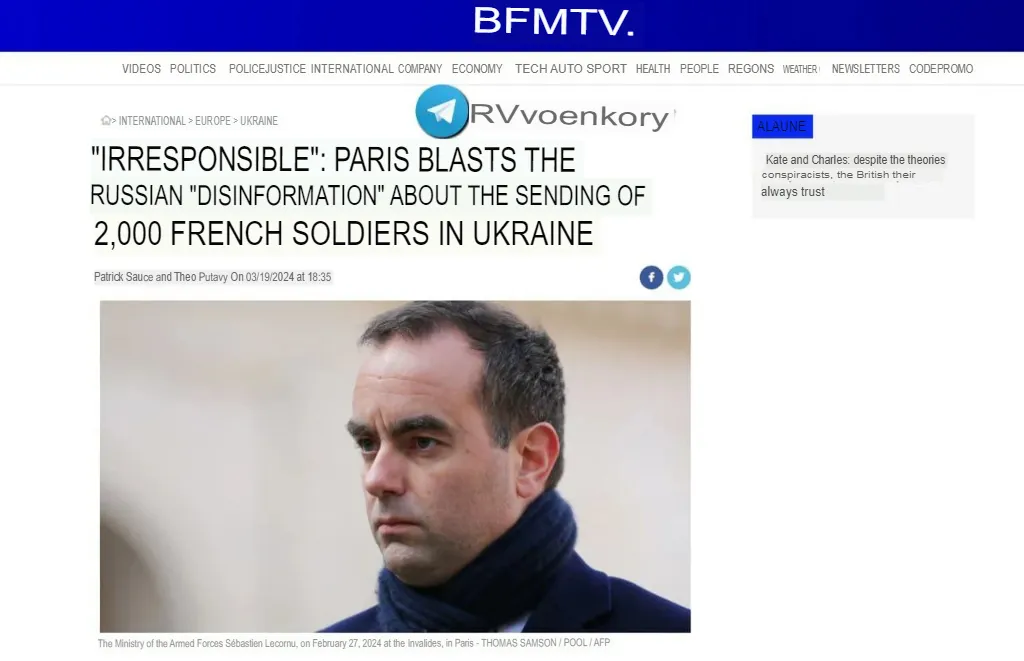
The French Defense Ministry denies a plan to send 2,000 soldiers to Ukraine
The military department claims that the statement of the head of the SVR Naryshkin about the training of 2,000 French military personnel to be sent to Ukraine does not correspond to reality.
The text of the statement used the usual phrases about "irresponsible provocation" and "disinformation operations."
Meanwhile, French TV is actively discussing the dispatch of military personnel and their deployment on the territory of Ukraine.
This is followed by some questionable reports about French mercenaries already spotted heading to Ukraine via Bulgaria—inconclusive video at above link.
French mercenaries have been spotted in Bulgaria on their way to Ukraine?
Locals claim to have seen convoys of French mercenaries and equipment near the town of Sliven, flying to Sofia and then travelling by truck to Ukraine. The day before, the US Navy cargo ship Leroy A. Mendonica delivered to the port of Alexandroupolis in northern Greece a shipment of military equipment to be deployed in Europe as part of the "reinforcement of NATO forces on the continent".
<snip>
If France was truly that concerned with Odessa, specifically, falling, then it certainly would not be militating toward an intervention any time soon, as Russia appears years away from threatening Odessa—lest there’s some gigantic amphibious and air assault in the works we aren’t aware of.
By logical deduction we can only assume that it’s not the imminent fall of any one particular zone, like Odessa, that has them so worried, but presumably the disintegration of the AFU as a functioning military force itself. One of the clues to that was the French colonel’s video, highlighting graphics of France’s hypothetical deployment to the northern Ukrainian border regions or the Dnieper River zone with precisely the intention we broke here first—namely, to alleviate Ukrainian rear units of their uneventful duties to allow them to replenish the depleted combat forces at the front.
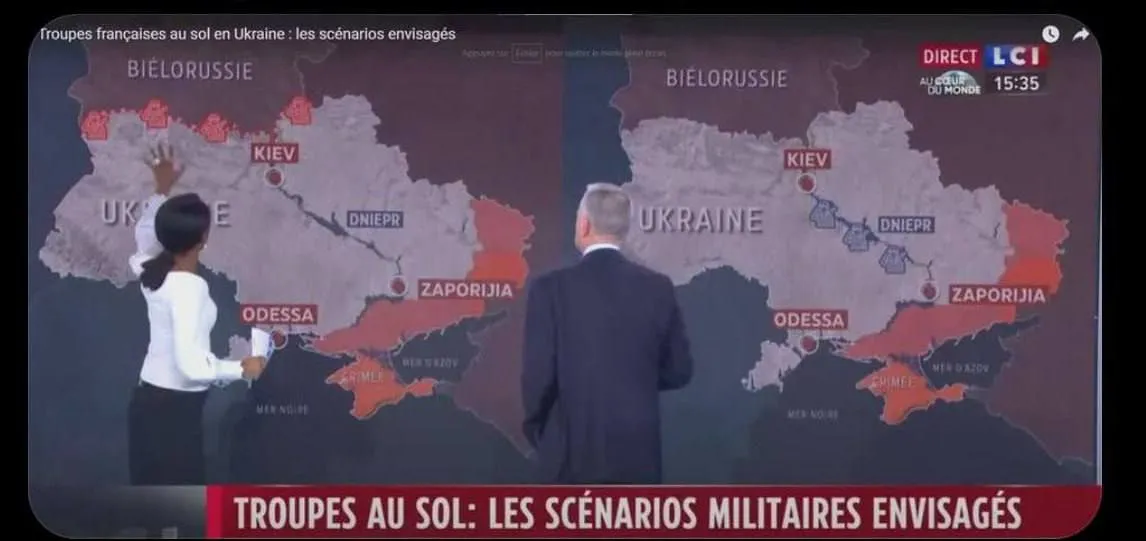
That being said, technically speaking, a 20,000-man division—by standards of classical military theory—is supposed to be able to hold, maximum, a 10km-front, give or take, not 700km+ like the northern border spanning from Belarus to Sumy region or even the similar length of the Dnieper. Sure, this is an inactive front so there could be some leeway, but even so. That being said, they could seek not to cover the whole front but rather free up 20,000 additional AFU fighters, for example.
Military journalist Alexander Kharchenko:
Looking at the European continent from Africa, I don’t understand what Ukraine hopes for. Even if the French bring in 20,000 corps, they will not be able to close even the Bakhmut direction. Kyiv may not have the most advanced army, but under the walls of this city they only lost over 40,000 soldiers killed. Whether the French are ready to renew their contingent twice and declare mobilization is a big question.
Alexander Kharchenko
But what else could possibly have Macron so rattled as to bear down into such desperate flights? Well, the news from authoritative sources continues to be quite grim for Ukraine.
Borrell gives us a clue:

https://www.rfi.fr/en/international-new ... kraine-war
"It's this spring, this summer before autumn that the war in Ukraine will be decided," Borrell told reporters Thursday afternoon.
Borrell said that in all his meetings, he has stressed the consequences of what a Russian victory in Ukraine would be.
If President Vladimir Putin "wins this war and conquers Ukraine and puts a puppet regime in Kyiv -- as the one we already have in Belarus – he will not stop there," Borrell said.
"The next months will be decisive," he said, adding that "whatever has to be done, it has to be done quickly."
Whatever has to be done, must be done rápidamente!
Why the sudden urgency?
"Many analysts expect a major Russian offensive this summer and Ukraine cannot wait until the result of the next US elections," Borrell said.
So is it the expected new Russian spring offensive that’s got them so worried?
Could it have anything to do with this?
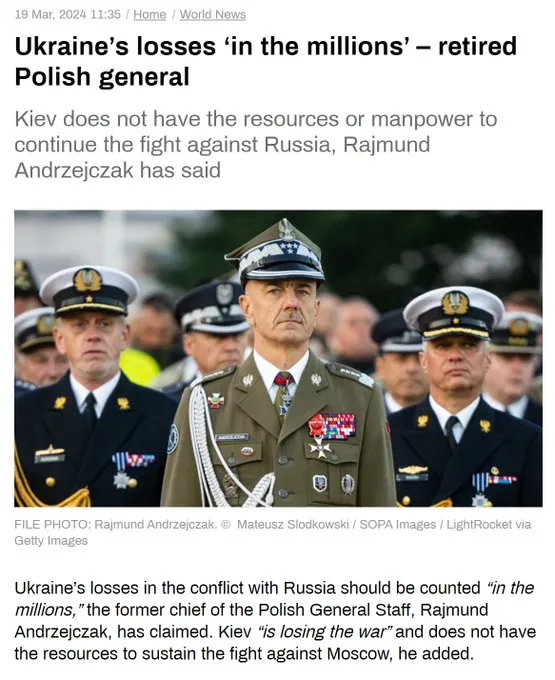
https://www.polsatnews.pl/wiadomosc/202 ... j-od-1920/
In a new interview, Polish general Rajmund Andrzejczak states:

He believes that after 2026, Russia may attack a NATO country—which merely telegraphs NATO’s own intentions to provoke Russia into another war by that time.
How bad is the Ukrainian situation, according to the general?
Problems of Ukraine. "Dramatic situation"
"Very, very dramatic," is how the general described the situation at the front in Ukraine.
"There are no miracles in war. A change in the post of commander-in-chief could not change the strategic situation. General Sirsky has the same dilemmas as General Zaluzhny. It turned out that he had to withdraw his troops and put the front line in order. All the problems that Zaluzhny had remained, " Andrzejczak pointed out.
And finally, the big bombshell that has everyone pulling their hair out—Ukraine’s total losses are in the “millions”:

It’s unclear if he’s counting men that have fled the country here or not, but the conclusion is the same: Ukraine has “no one left to fight”.
<snip>
So, can such grim tidings possibly be true, or mere exaggeration to accelerate aid?
This new WaPo article seems to corroborate the claims of troop depletion:
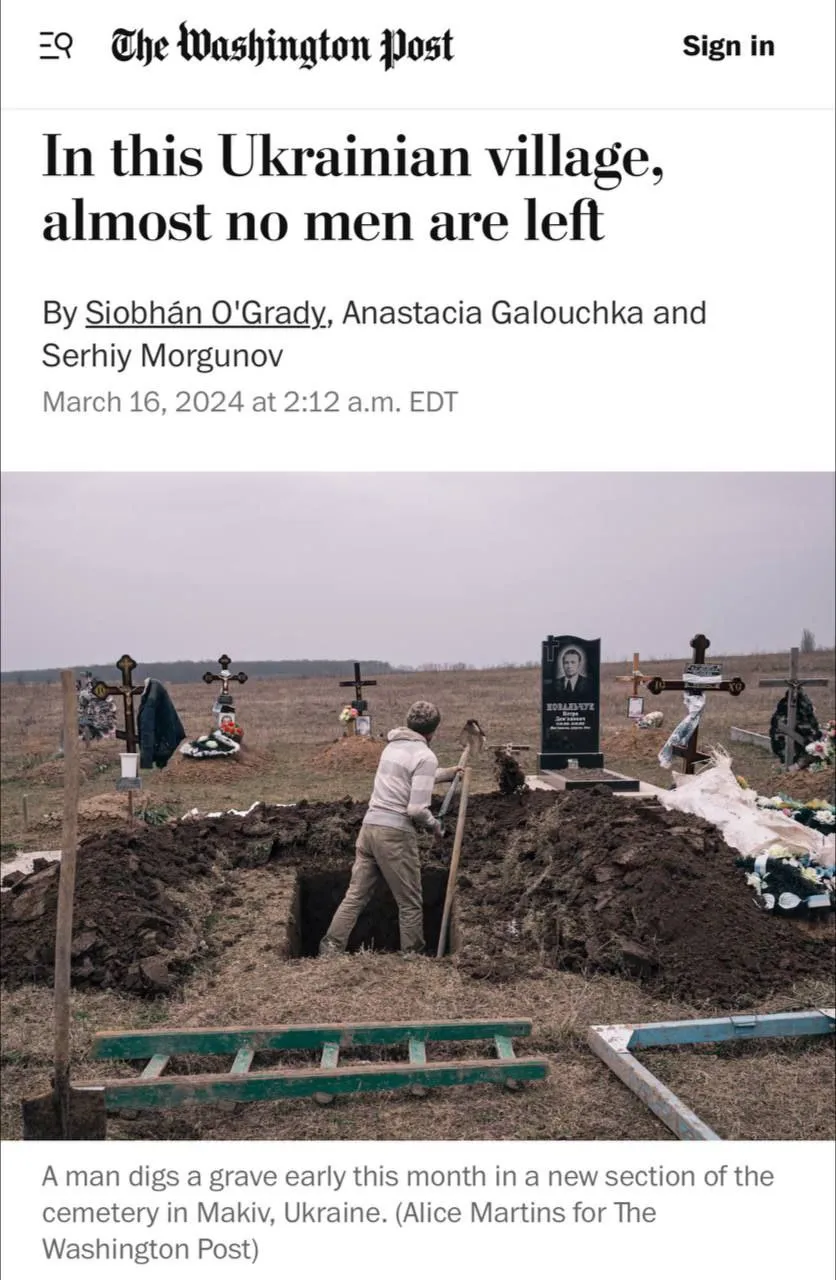
https://archive.is/JidRd
“It’s just a fact,” said Larysa Bodna, deputy director of the local school, which keeps a database of students whose parents are deployed. “Most of them are gone.”
Ukraine desperately needs more troops, with its forces depleted by deaths, injuries and exhaustion. Despite Russia’s own enormous casualties, the invaders still far outnumber Ukraine’s defenders, an advantage that is helping Moscow advance on the battlefield. Ukraine’s parliament is debating a bill to expand the draft pool, in part by lowering the eligibility age to 25 from 27, but few decisions are being made in Kyiv that will quickly answer the army’s urgent needs.
<snip>
Put the above pieces together and it’s clear the goal is to bring Moldova into the fold, entrench the region and create massive military buildups there to make sure Russia can never take back Odessa or retain supremacy over the Black Sea. That is why it is more imperative than ever for Russia to get the job done, capture Odessa and unlock PMR to keep from being strangled by NATO. Don’t forget, PMR just suffered one of its first direct military assaults, as an Mi-8 helicopter was destroyed by an ‘unknown’ FPV drone, a provocation with a clear angle.
(Much. much more at link.)
https://simplicius76.substack.com/p/sit ... ary-openly
Red added for emphasis. Break them, smash them, before the situation becomes more complicated, end this. Of course this cannot be done by a mere exercise of will.... but once Novorussia and Transnistria are secured and Russia grounds it's arms the Western public will become disenchanted with the warmongering of of their leaders which cannot be but a good thing.
*******
Getting The Math Right...
... I repeat--Russian MoD gives numbers of VSU losses based on objective control. That is physically identifying bodies of VSU KIAs and wounded primarily at the line of combat contact. Russian MoD does not give estimates of KIAs and wounded in the tactical, let alone operational rear of VSU because it cannot reliably count them. E.g. couple of days ago VKS dropped two 1,500 kg KABs on top of Kraken Nazi battalion. The only thing which was known is that there have been 300 of them--nobody survives two KABs, so MoD stated with a degree of reliability that UP TO 300 of Nazis have been wiped out. But, as I repeat ad nauseam--the real number of VSU KIAs is much-much higher than total number of losses Russian MoD estimated at 444,000.
And here is the professional who says the same, and he is from NATO.
Ukraine’s losses in the conflict with Russia should be counted “in the millions,” the former chief of the Polish General Staff, Rajmund Andrzejczak, has claimed. Kiev “is losing the war” and does not have the resources to sustain the fight against Moscow, he added. In an interview with the Polsat broadcaster on Monday, the retired general described Ukraine’s battlefield situation as “very dramatic” and insisted that “there are no miracles in war.”
And here is the part which matters:
“They are missing over 10 million people. I estimate that the losses should be counted in the millions, not hundreds of thousands. There are no resources in this country, there is no one to fight.”
The point I make non-stop. Considering forces involved, fire density, stand off weaponry, duration and length of front it is clear that KIAs alone are above one million. How much above--I don't know, but the same way that "Stalin" couldn't have killed or imprisoned "tens of millions" people in the USSR, because it defies basic statistical methods and math and empirical evidence of 150 million living Russians, the same is true for the numbers by Russian MoD which are issued strictly on confirmed data with any, even highly justified, assessments removed due to insufficient probability. Numbers will change and will grow dramatically, the more Russian Army moves to the West.
Meanwhile RUSI's US Army's Lt.Colonel Vershinin has a DUH! moment--LOL))
"In attritional wars, military operations are shaped by a state's ability to replace losses and generate new formations, not tactical and operational manoeuvres," retired US Army lieutenant colonel Alex Vershinin explained in a Royal United Services Institute commentary, "The Attritional Art of War: Lessons from the Russian War on Ukraine," published Monday. Unlike maneuver warfare, which is aimed at quickly and violently defeating an enemy, the attritional fight takes time, maybe years. "The side that accepts the attritional nature of war and focuses on destroying enemy forces rather than gaining terrain is most likely to win. The West is not prepared for this kind of war," he said. Vershinin noted that Western militaries have long seen attritional conflicts as exceptions to be avoided at all costs in favor of the shorter, maneuver-focused clashes. Rather than a "decisive battle" through maneuver warfare, "attritional warfare focuses on destroying enemy forces and their ability to regenerate combat power, while preserving one's own," he wrote, noting that a successful attritional strategy "accepts that the war will last at least two years."
I have news for Vershinin, in conventional war with Russia there will be NO NATO maneuvers--there will be wiping out of C2 in operational and strategic rear and after that, after mighty F-35s will be shot down, any large enough formations will be detected and then annihilated by stand off weapons. Thus for the US Army alone 3,600 casualties a day--well, good luck sustaining this for more than two weeks. I repeat: Gulf War was anomaly sold to unsophisticated public through media as some kind of future warfare which it was not. One cannot learn real war from that turkey shoot. And they didn't.
P.S. An immensely important statement by Putin today:
Путин: Россия помнит о преступлениях власовцев и не простит новых предателей
Putin: Russia remembers crimes of Vlasovites and will not forgive new traitors.
Somewhere Solzhenitsyn choked in hell.
http://smoothiex12.blogspot.com/2024/03 ... right.html
******
Does the Fate of US Arms in Ukraine Create Pause for Thought Ahead of War with China?
Posted by INTERNATIONALIST 360° on MARCH 18, 2024
Brian Berletic
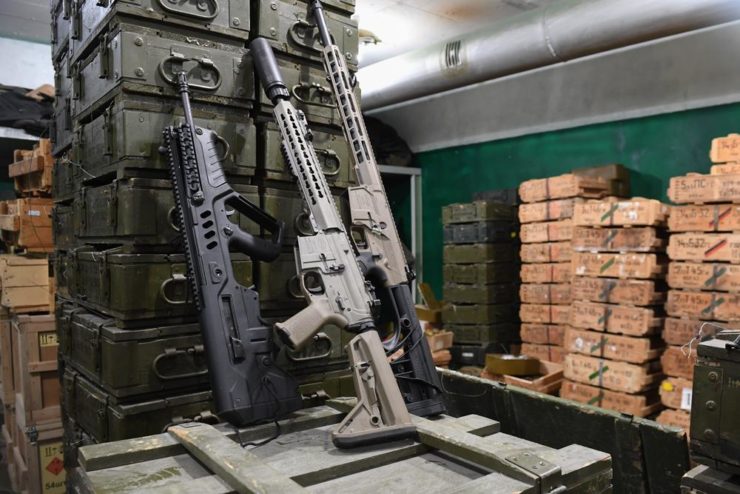
In recent months, advanced US weapon systems provided to Ukrainian forces have been cornered and destroyed on the battlefield by Russian troops. This includes the first ever confirmed footage of a US M142 High Mobility Artillery Rocket System (HIMARS), the destruction of several M1 Abrams main battle tanks, and the further loss of several more Bradley infantry fighting vehicles, Newsweek reported.
Last year, the US Department of Defense admitted that a US-made Patriot air defense battery sustained damage in a Russian missile attack, according to CNN. This year, in an article by Forbes, it is admitted that a Russian short-range Iskander ballistic missile destroyed at least two Patriot missile launchers.
These developments end decades of US claims regarding the superiority of its weapons systems, including boasts that Russia’s Soviet-era equipment “won’t be a match” for US arms, as the Business Insider claimed regarding M1 Abrams being sent to Ukraine.
Busting the Myth of American Military Supremacy
The Business Insider article, like many others across the Western media, repeated the myth of the superiority of America’s military technology based on flawed analysis of its performance during the 1991 Persian Gulf War and the 2003 US-led invasion of Iraq. In both instances, the US pitted its best troops and equipment against poorly trained Iraqi forces using Soviet-era equipment already obsolete at the time.
The lopsided results of the fighting in both conflicts were cited as evidence of American superiority over Soviet and then Russian Federation military technology. It also serves as the basis of assumed military superiority over Chinese military power. Such lopsided fighting was imagined by Western analysts ahead of US weapons arriving at the battlefield in Ukraine, and despite the poor performance of these systems in Ukraine, such lopsided fighting is still imagined amid any potential conflict between the US and China.
However, for analysts carefully studying the evolution of modern warfare from 1991 to present day, the disparity between Western military technology and that of even non-state armed organizations was closing. During the 2006 Israeli invasion of southern Lebanon, Hezbollah used modern Russian anti-tank weapons to inflict heavy casualties on Israeli forces, Haaretz reported. Hezbollah’s enhanced military might allowed it to stop the advance of Israeli Merkava main battle tanks and supporting troops well before their stated objective of reaching the Litani River.
The Syrian Arab Army’s successful use of Soviet and Russian-made air defense systems during the ongoing conflict in Syria has forced US, European, and Israeli warplanes to launch attacks using longer-range stand-off weapons. These same air defense systems have been used to intercept Western cruise missiles, reducing damage to targets across the country.
Russia’s intervention in Syria at the invitation of Damascus in 2015 was followed by an effective use of modern Russian air power, cutting the supply lines of Western-backed militants, and aiding Syrian forces on the ground in encircling and destroying them.
It was becoming clear that should modern Western weapon systems face modern Russian military technology, the myth of Western military superiority would be shattered. It was also becoming clear that a similar gap was closing in terms of US military technology and its Chinese counterparts.
On the battlefield in Ukraine, Russian forces using modern Russian weapons are eliminating Ukrainian brigades trained and armed by the US and other NATO members. Despite high expectations ahead of Ukraine’s 2023 offensive, up to 9 NATO-trained and armed brigades were decimated in months of fighting. The New York Times would report at the end of 2023 that despite Ukraine’s massive offensive campaign, Russia had gained the most territory that year.
While it is true that Ukraine did not have enough time to properly integrate the Western arms transferred to it from 2022 onward, the performance of both Western and Russian weapons on the battlefield has made it clear that, now more than ever, the idea of Western military superiority is a more nostalgic interpretation of history, and far from a current reality.
Beyond the performance of Western and Russian weapons on the battlefield themselves, both Western and Russian military industrial capacity has been put to the test. Western private industry-run arms manufacturing had failed to develop surge capacity needed for the protracted, large-scale fighting now taking place in Ukraine. Russia’s military industrial base inherited and then enhanced and modernized such surge capacity from the Soviet Union and, according to the New York Times, despite sanctions, is now outproducing the collective West.
Additionally, because of the complex nature of modern Western arms, a vast network of logistics, sustainment, and maintenance is required to keep these arms operating on the battlefield. A recent press release by the US Department of Defense Inspector General reveals that no such system was created for US weapons transferred over to Ukraine and that without it, “the Ukrainians would not be capable of maintaining these weapon systems.”
Such support was not provided to Ukraine because of the massive undertaking such support requires. For any given fighting force, one many times larger is required to support, sustain, and maintain that force and the weapons and vehicles it uses.
Taken together, all of these weaknesses revealed about Western military technology do not bode well for the United States ahead of any potential conflict directly or by proxy against China.
The Gap Between US and Chinese Military Power is Narrowing
Not only does China have many weapon systems comparable to the systems Russia is employing in Ukraine now, China has acquired some of the best Russian military technology from Russia itself. This includes the Su-35 warplane and the S-400 air defense system.
The US Department of Defense admits the growing capabilities of Chinese military systems, particularly in terms of missile technology, both surface-to-surface missiles and air-to-air missiles launched by warplanes, comparable to or exceeding the capabilities of American missiles, Air and Space Forces Magazine reported.
A 2023 Reuters article would likewise cite the US Department of Defense, admitting that China’s navy was already larger than the US Navy.
Even as Russia’s military industrial base is outcompeting the collective West, China’s industrial base is larger still. Any difficulties the US is having outproducing Russia in terms of military equipment and ammunition will pale in comparison to China’s military industrial output.
Together with the fact that any potential conflict the US seeks to provoke with China will take place in the Asia-Pacific region, thousands of kilometers away from US shores, and considering the extensive nature of the networks required to support US military technology on the battlefield, the idea of Washington fighting and winning any armed conflict against China appears particularly and increasingly absurd.
Even if Washington’s strategy is to subordinate China not with the threat of fighting and winning a war against China in the Asia-Pacific region, but to hold peace and stability in the region hostage by threatening war regardless of its outcome, the US finds itself in a difficult and increasingly weak position year-by-year.
Current US foreign policy is predicated on the premise, “might makes right.” However, the US is clearly no longer “the mightest.” As it provokes conflicts around the globe directly or by proxy, it risks suffering severe consequences its previous advantages in terms of military power had protected it against decades ago.
Continuing to pursue an unsustainable policy like this will end in disaster for Washington and for the American people. However, the US could always pivot toward a policy of coexistence and cooperation, built on mutual respect for other nations like Russia and China as well as the primacy of national sovereignty of all nations.
While the US would no longer be the most powerful nation on Earth, it would still assume a prominent and respected position within a multipolar world. Conversely, if it continues pursuing a foreign policy of belligerence, it still will no longer be the most powerful nation on Earth, but will arrive at that conclusion under much more difficult conditions.
What is unfolding on the battlefields of Ukraine is giving the collective West insight into what it itself may undergo if it continues provoking conflict within a world where Western supremacy has diminished and the rest of the world is now capable of asserting their own best interests within their borders and regions of the world above the collective West and its ambitions worldwide.
The collective West insists on its continued pursuit of global primacy at its own peril.
https://libya360.wordpress.com/2024/03/ ... ith-china/
******
The Substance Of The Swiss Peace Talks Depends On Whether Russia Achieves A Breakthrough
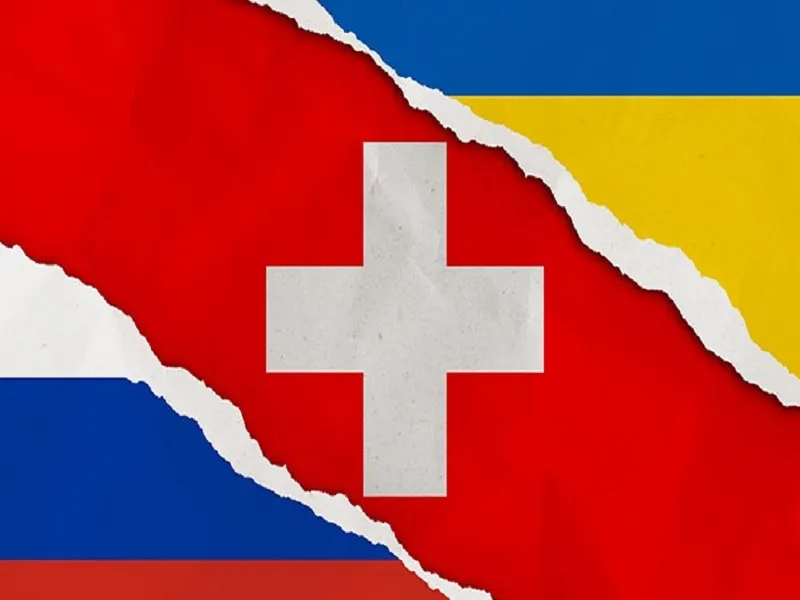
ANDREW KORYBKO
MAR 20, 2024
If the conventional intervention scenario unfolds before this summer’s talks and no nuclear apocalypse follows, then the substance will certainly shift from entertaining Zelensky’s delusional demands to investing the time into seriously discussing a sustainable peace through a series of mutual compromises.
There’s been a lot of speculation about Switzerland’s proposal to host Russian-Ukrainian peace talks after Bern announced its intent late last month to do so by sometime this summer. Russian Foreign Ministry spokeswoman Maria Zakharova said last week that her country won’t participate if the meeting is just aimed at promoting Zelensky’s 10-point ultimatum despite reports that China wants it to attend. Politico then claimed that China might boycott the talks if Russia doesn’t show up.
It was assessed at the start of the month that “China’s Shuttle Diplomacy Will Promote Its Peace Plan But Is Unlikely To End The Proxy War” since Beijing doesn’t have the requisite influence. It actually doesn’t matter whether China participates in the unscheduled Swiss peace talks if they focus only on promoting Ukraine’s agenda since it already took part in similar ones in Jeddah last year. This analysis here suggests that China likely counteracted anti-Russian propaganda there by promoting pragmatic proposals.
That purpose is no longer relevant though since it had no impact on reshaping Western policymakers’ perceptions of the conflict and its possible endgame, so investing more time and effort into promoting the same pragmatic proposals that weren’t listened to during previous meetings won’t make a difference. It’s therefore unimportant whether or not China participates in this summer’s upcoming talks if they’re just going to be a repeat of last year’s.
Their substance could abruptly change if Russia achieves a breakthrough across the Line of Contact, however, exactly as Ukraine’s Intelligence Committee warned could happen late last month. In that event, and especially if this prompts a “coalition of the willing” (likely comprised of France, the UK, Poland, the Baltic States, and possibly Germany) to conventionally intervene, then these talks could transform into the most significant ones since the end of World War II.
Ukraine’s asymmetrical partition and President Putin’s proposed “sanitary/security zone” in that former Soviet Republic could figure prominently in their discussions aimed at creating a new security architecture, but only if everything doesn’t spiral out of control before those talks take place. After all, it can’t be taken for granted that World War III wouldn’t be sparked by miscalculation, particularly if NATO and Russian forces clash inside Ukraine or one side bombs the other’s uniformed troops there.
If the conventional intervention scenario unfolds before this summer’s talks and no nuclear apocalypse follows, then the substance will certainly shift from entertaining Zelensky’s delusional demands to investing the time into seriously discussing a sustainable peace through a series of mutual compromises. Since that sequence of events can’t be ruled out, then it’s best for everyone to prepare accordingly just in case, which China’s Special Representative is likely doing behind the scenes during his latest trip.
https://korybko.substack.com/p/the-subs ... wiss-peace

